FAQ - Advanced Bathroom Queries
Can Cold Weather Affect a Toilet
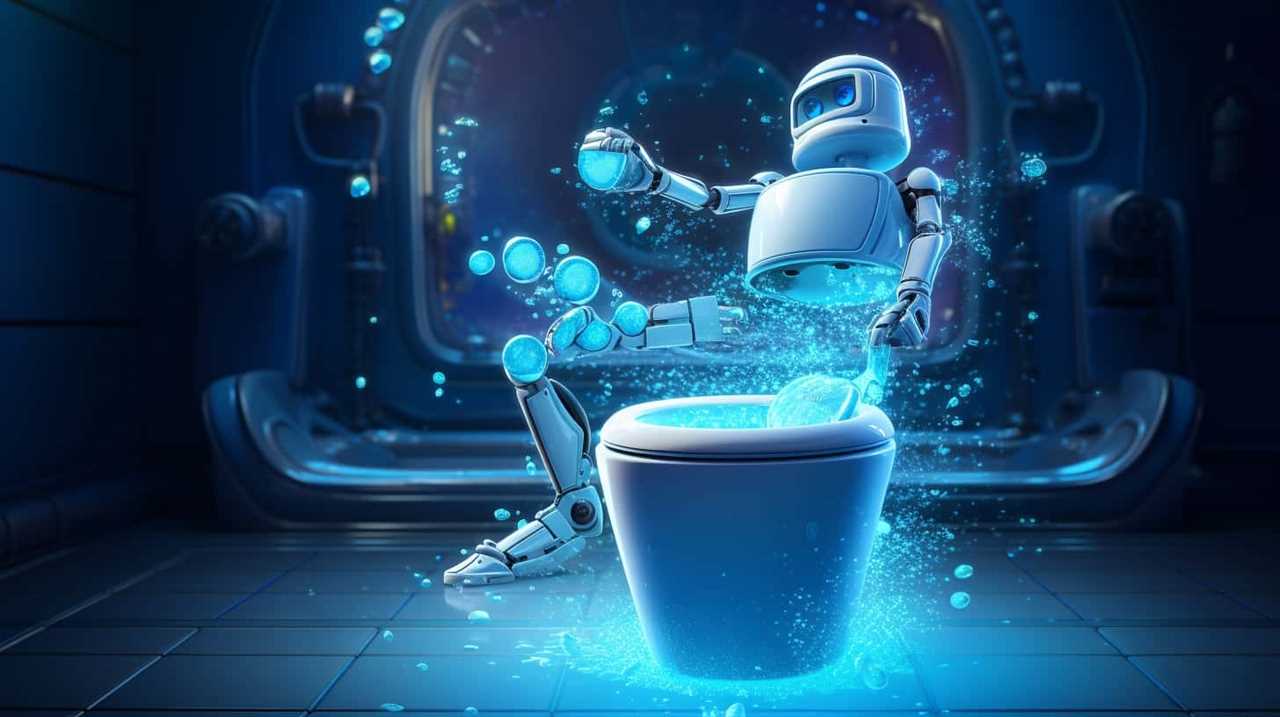
Ever thought about the effects of chilly weather on your toilet? Get ready, as we’re about to explore the intriguing realm of weather-related toilet problems. As the mercury falls, issues like frozen pipes, shattered tanks, and blocked drains can cause serious trouble for your ceramic sanctuary.
Not to mention sluggish flushing, condensation buildup, and potential water supply interruptions. In this article, we’ll explore the ways in which cold weather can affect your toilet, providing you with the knowledge you need to master the art of toilet maintenance.
Key Takeaways
- Cold weather can lead to frozen pipes and cracked toilet tanks, compromising the functionality of the toilet and causing water leakage.
- Proper insulation of pipes and regular maintenance of the toilet can prevent clogs and blockages.
- Sluggish flushing and toilet tank sweating can occur in cold weather due to colder water and inadequate insulation.
- Freezing temperatures can cause water supply interruptions, leading to water shortage and potential burst pipes, which can result in water damage and expensive repairs.
Frozen Pipes
Frozen pipes can cause significant problems for homeowners during cold weather. When water inside the pipes freezes, it expands and puts pressure on the pipes, leading to cracks or bursts. To prevent frozen pipes, it’s crucial to insulate them properly. This can be done by installing insulation sleeves or wrapping the pipes with heat tape.
Additionally, keeping the heat on in your home, even when you’re away, can help maintain a consistent temperature and prevent freezing. If you do find yourself with frozen pipes, it’s important to thaw them carefully to avoid further damage. This can be done by using a hairdryer, heating pad, or hot towels. Remember to start from the end closest to the faucet and work your way back.
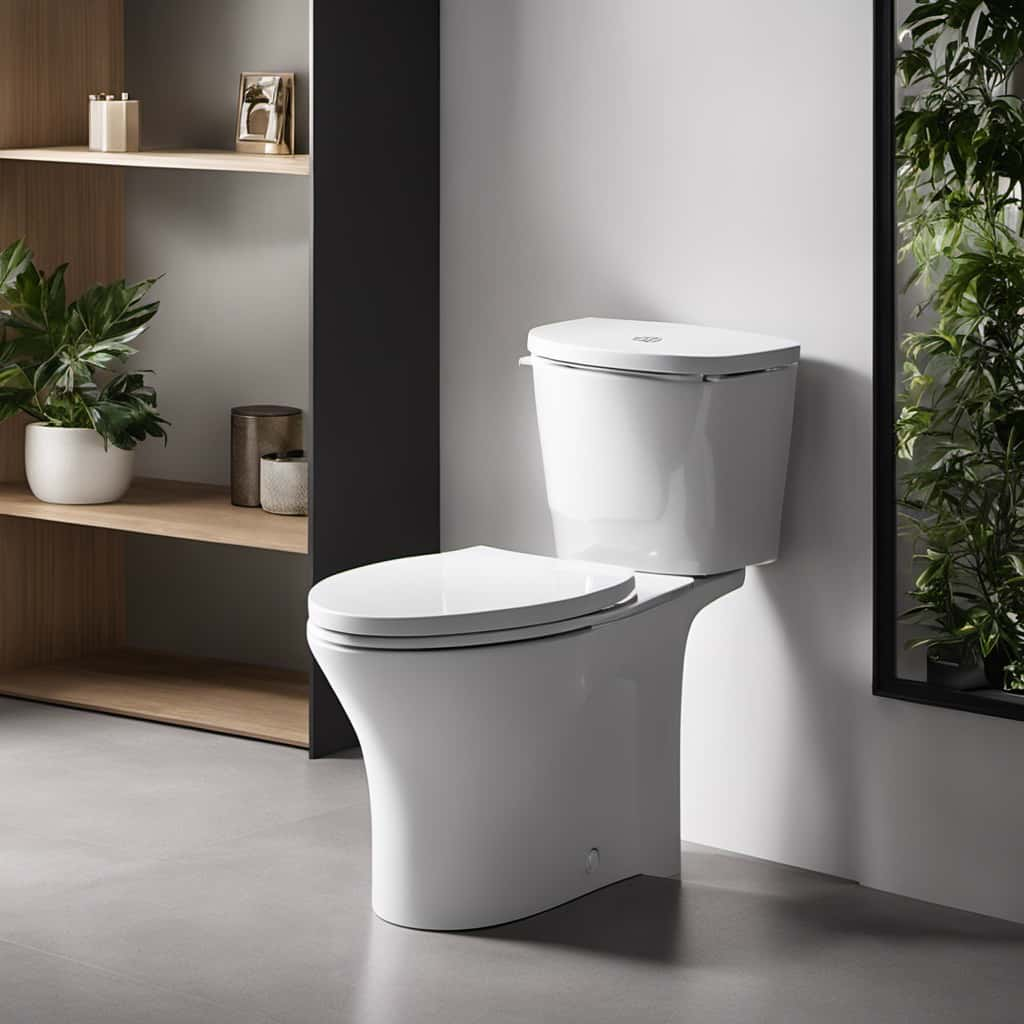
Now, let’s move on to the next topic of discussion: the cracked tank.
Cracked Tank
We have found that a sudden drop in temperature can potentially cause a toilet tank to crack. This is an important aspect of toilet maintenance that homeowners should be aware of.
When the temperature drops rapidly, the water inside the tank can freeze and expand, putting pressure on the walls of the tank. Over time, this repeated expansion and contraction can weaken the tank, leading to cracks.
Cracked tanks not only compromise the functionality of the toilet but can also result in water leakage and damage to the surrounding area. If you notice any signs of a cracked tank, such as water pooling around the base of the toilet or a visible crack, it’s crucial to address the issue promptly.
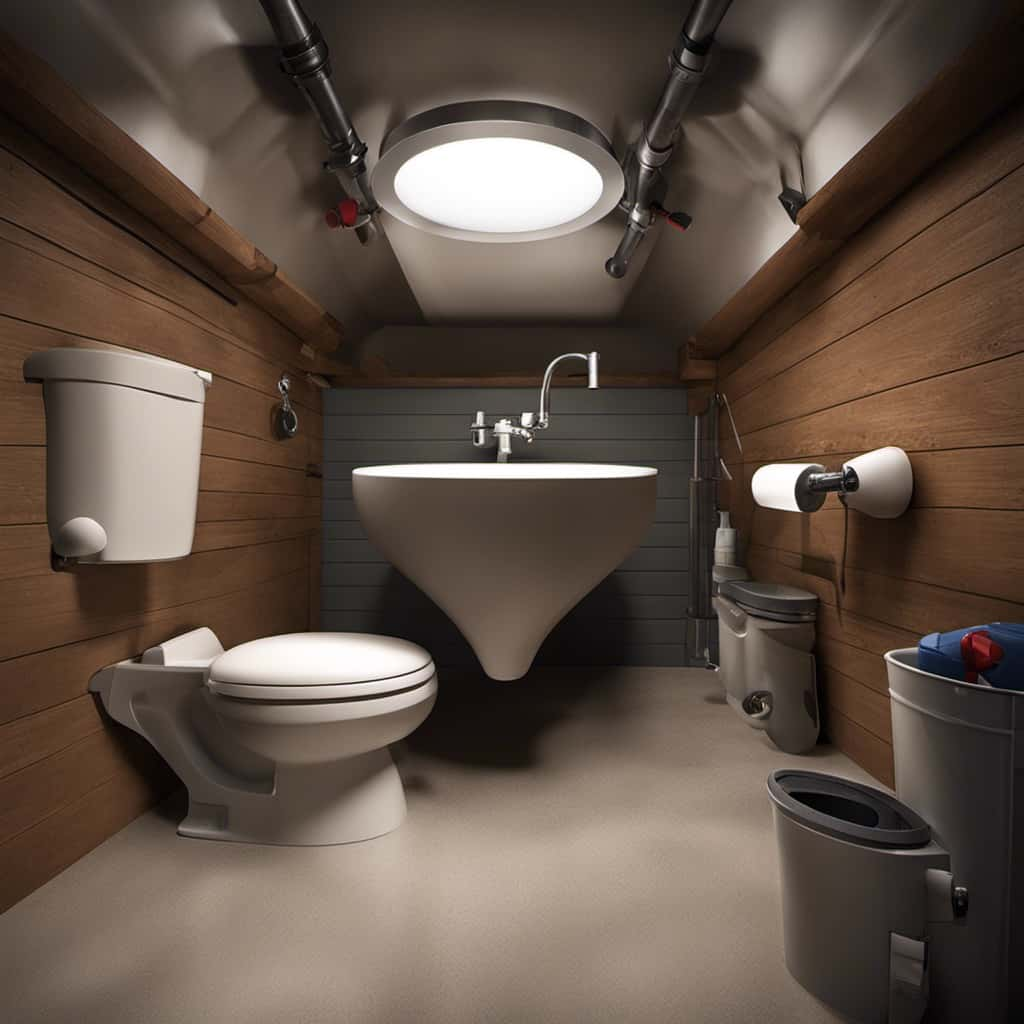
Hiring a professional plumber experienced in toilet repairs can help resolve the problem and prevent further damage. Regular maintenance and inspections can also help identify potential cracks early on and prevent more serious issues.
Clogged Drain
When temperatures drop, the risk of freezing pipes and clogs in a toilet’s drain increases.
Freezing water within the pipes can cause blockages, leading to a clogged drain.
To prevent this, it’s important to insulate the pipes and ensure proper drainage by regularly cleaning and maintaining the toilet.
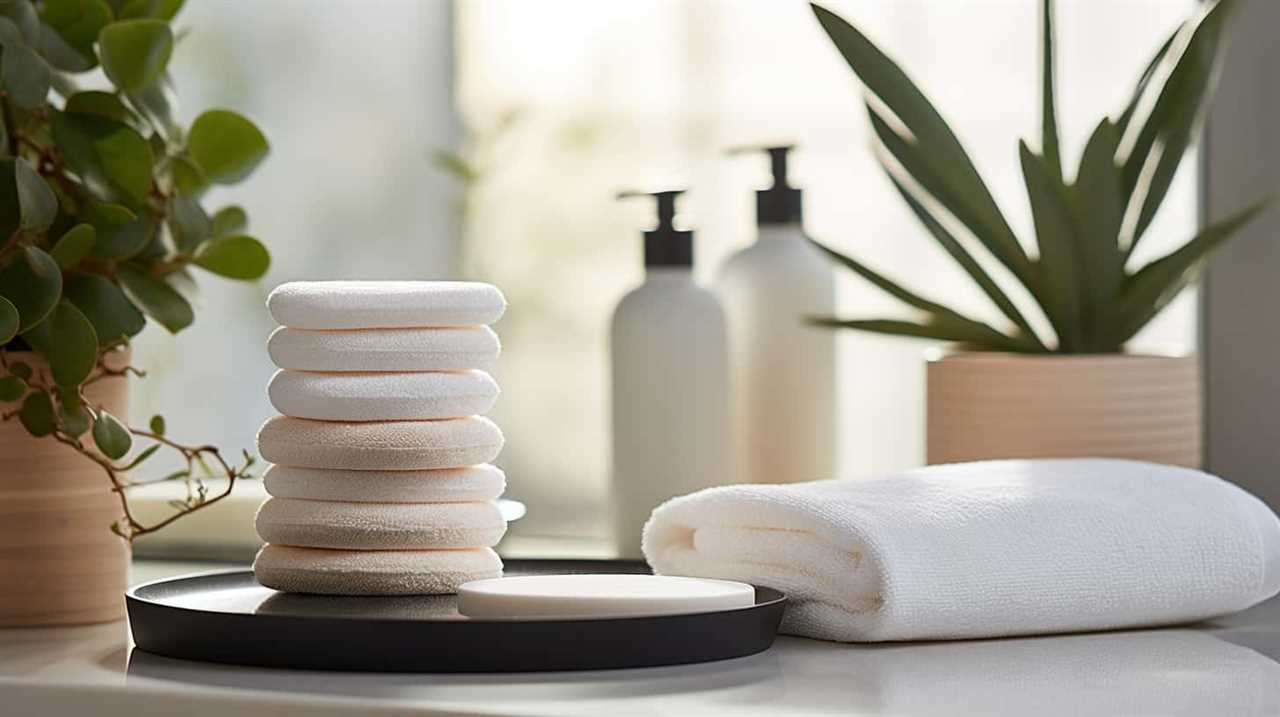
Freezing Pipes and Clogs
During cold weather, our toilets can be affected by freezing pipes and clogs. To prevent freezing, it’s crucial to employ effective insulation methods. Here are some points to consider:
- Insulate pipes: Wrap pipes with insulation sleeves or use heat tape to provide a barrier against freezing temperatures.
- Keep the thermostat steady: Maintain a consistent temperature in your home to prevent pipes from freezing.
- Open cabinet doors: Allow warm air to circulate around pipes by keeping cabinet doors open under sinks.
- Drip faucets: Running a small amount of water through faucets can help prevent freezing by keeping the water moving.
- Disconnect outdoor hoses: Remove garden hoses and drain any remaining water to prevent freezing and subsequent pipe damage.
By taking these preventive measures, you can reduce the risk of freezing pipes and clogs.
Now, let’s explore some preventive measures for clogs.
Preventive Measures for Clogs
To prevent clogs in our toilets, it is important to regularly clean and maintain the drainage system. Proper toilet maintenance can help prevent plumbing problems and ensure smooth functioning. Here are some preventive measures that can help avoid clogged drains:
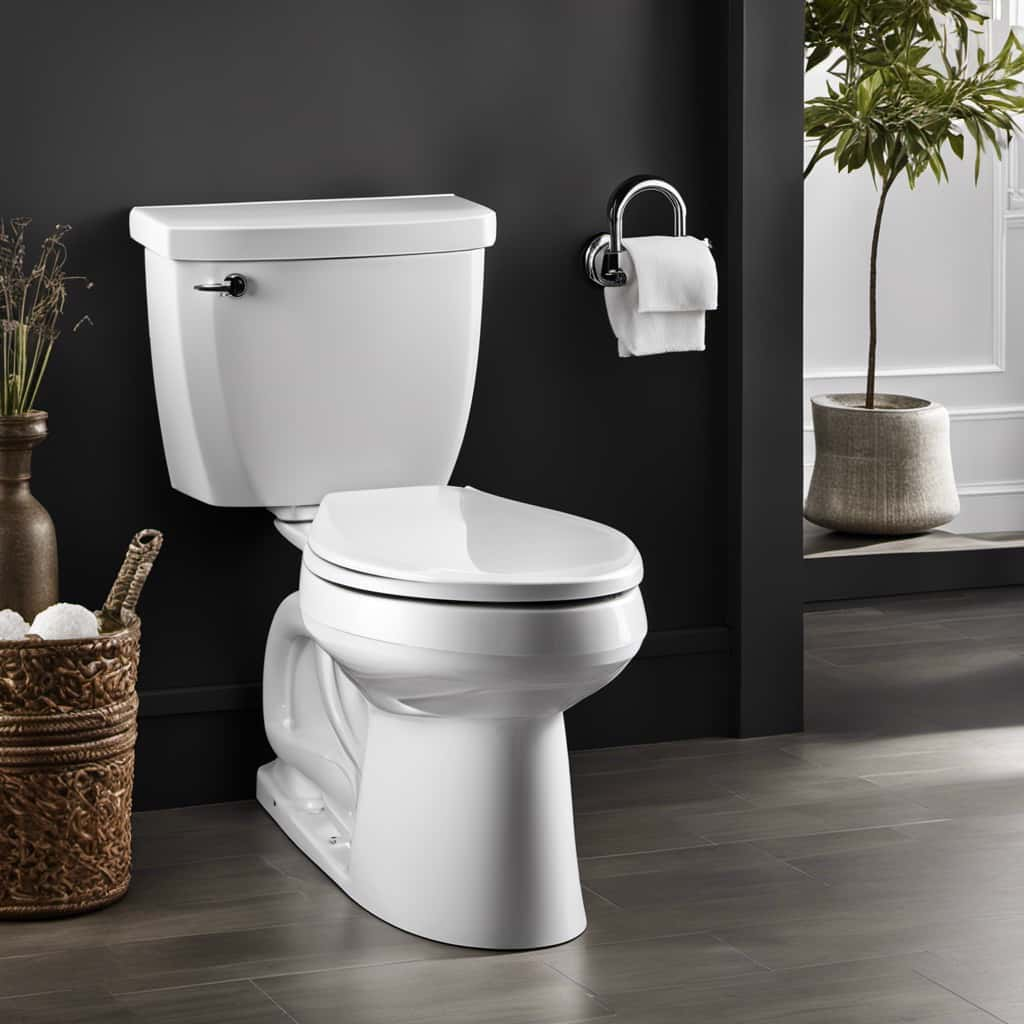
| Preventive Measures | Description |
|---|---|
| Use a plunger | A plunger can be used to unclog minor blockages. |
| Avoid flushing debris | To prevent clogs, avoid flushing items like wipes or paper towels. |
| Regular cleaning | Regularly clean the toilet and flush with hot water to remove any buildup. |
| Install a drain guard | A drain guard can catch hair and other debris, preventing it from entering the drainage system. |
Sluggish Flushing
In colder temperatures, we may experience a decrease in the efficiency of our toilet’s flushing mechanism. This can lead to sluggish flushing and slow drainage, causing frustration and inconvenience. Here are five important factors to consider regarding sluggish flushing in cold weather:
- Decreased water temperature: Cold water takes longer to dissolve waste and can affect the flushing power.
- Reduced water pressure: Cold weather can cause a drop in water pressure, resulting in weaker flushes.
- Frozen pipes: Freezing temperatures can cause pipes to freeze, blocking the flow of water and affecting flushing performance.
- Toilet tank insulation: Inadequate insulation in the toilet tank can cause the water to cool quickly and affect flush efficiency.
- Clogging: Cold weather can contribute to clogs due to the increased use of toilet paper and other waste.
Understanding these factors and implementing proper toilet maintenance can help alleviate the issues of sluggish flushing and slow drainage.
Now, let’s discuss the next subtopic: condensation buildup.
Condensation Buildup
As we delve into the topic of condensation buildup in relation to how cold weather affects a toilet, it’s important to understand the potential issues that can arise.
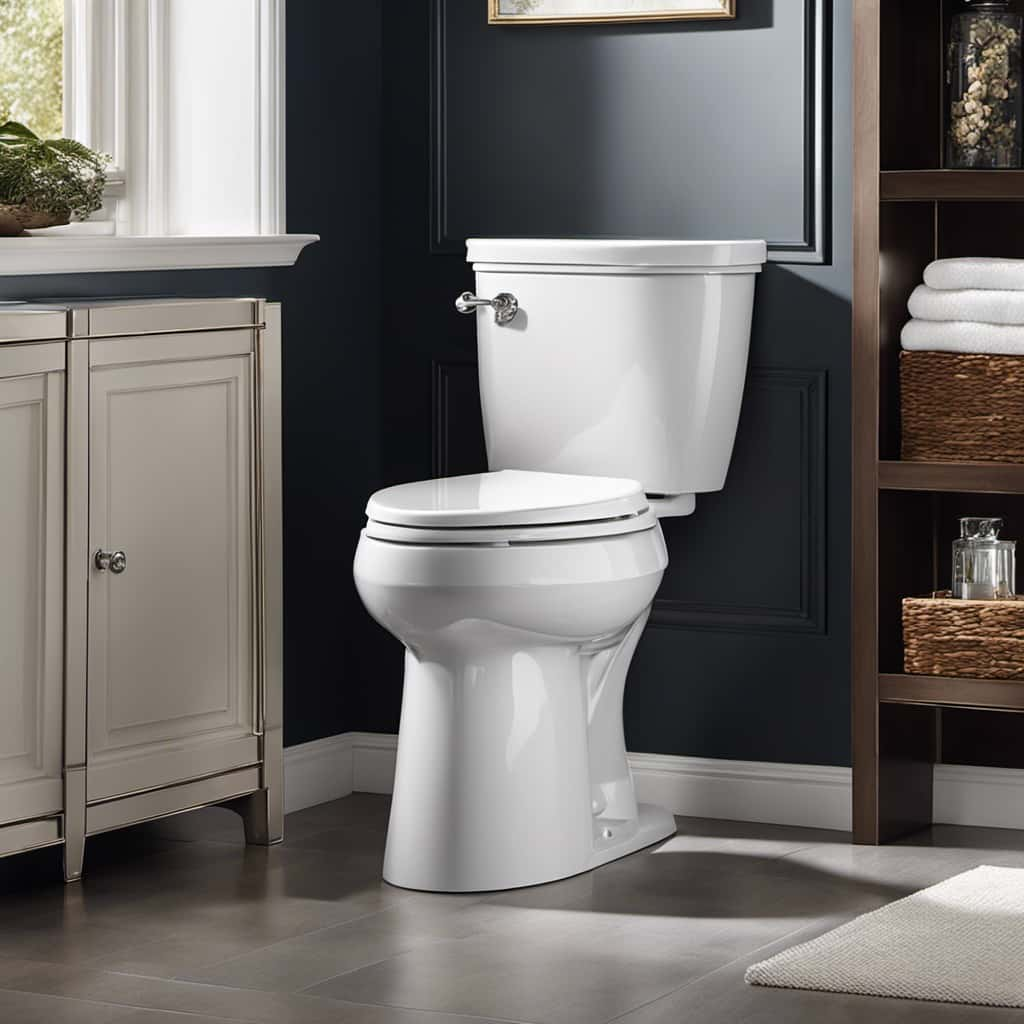
One common issue that homeowners may encounter is toilet tank sweating. This occurs when the cold temperature of the water inside the tank causes moisture to condense on the surface, leading to droplets of water forming on the exterior of the tank. This can be problematic as it can cause water damage to the surrounding area and potentially lead to mold growth.
To prevent toilet tank sweating, it’s recommended to insulate the tank with a foam or blanket specifically designed for toilet insulation. This will help to regulate the temperature inside the tank and reduce condensation buildup.
Now, let’s move on to discussing the next potential issue: water supply interruptions.
Water Supply Interruptions
Water supply interruptions can be a common issue during cold weather. Freezing temperatures can cause pipes to freeze and potentially burst, leading to a disruption in the water supply.
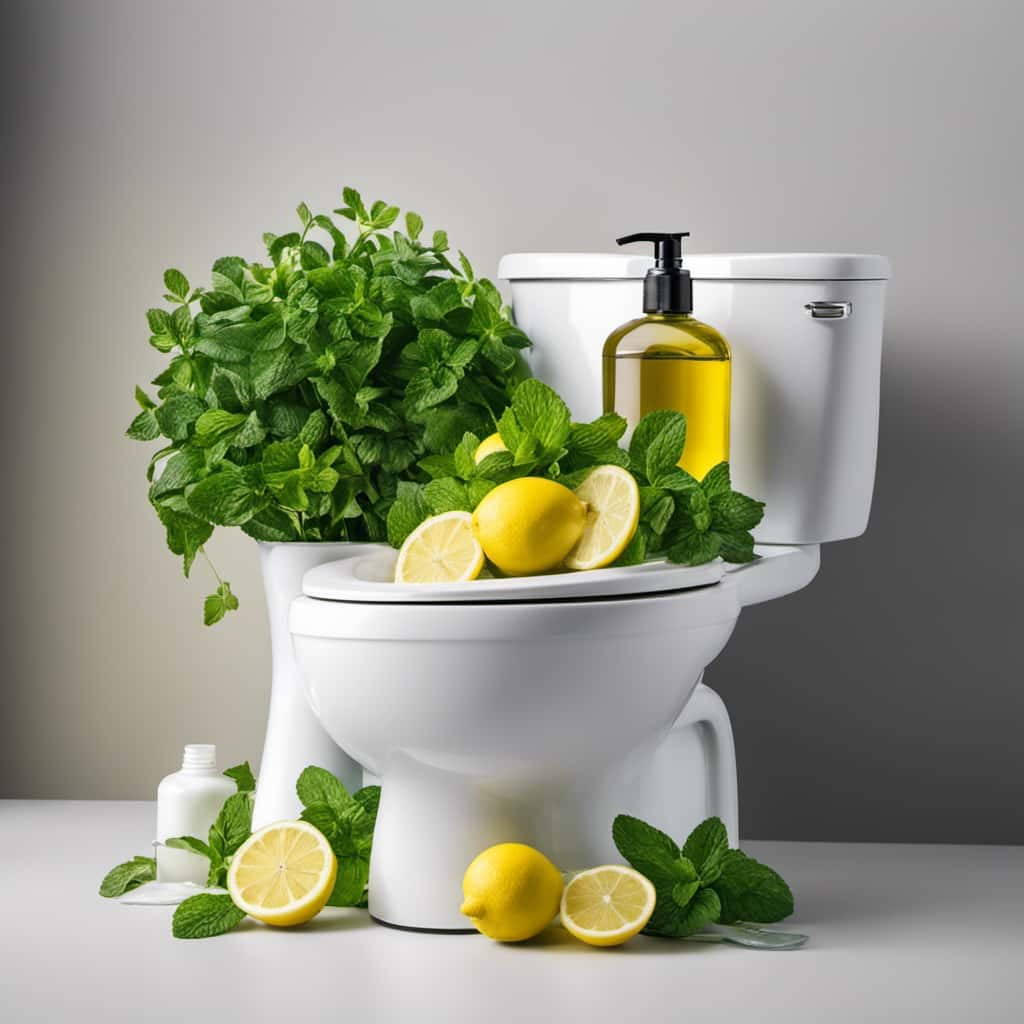
Additionally, severe cold can also contribute to water shortage as the demand for water increases for heating purposes.
These interruptions can have a significant impact on plumbing systems, causing damage and inconvenience.
Freezing Pipes, Water Shortage
During cold weather, we may experience a shortage of water and potential freezing of pipes. This can lead to various issues and inconveniences, such as:
- Burst pipes: When water freezes in the pipes, it expands and can cause them to burst. This can result in significant water damage and expensive repairs.
- Water supply interruptions: Freezing pipes can lead to a lack of water supply, leaving us without access to clean water for drinking, cooking, and other essential needs.
- Disrupted daily routines: Without a steady water supply, simple tasks like showering, washing dishes, and doing laundry become challenging and time-consuming.
- Increased stress and frustration: Dealing with water shortages and burst pipes can be incredibly stressful, causing frustration and anxiety.
- Financial burden: Repairing burst pipes and dealing with water damage can be costly, adding unnecessary financial strain.
These challenges highlight the importance of taking preventive measures to protect our plumbing systems during cold weather.
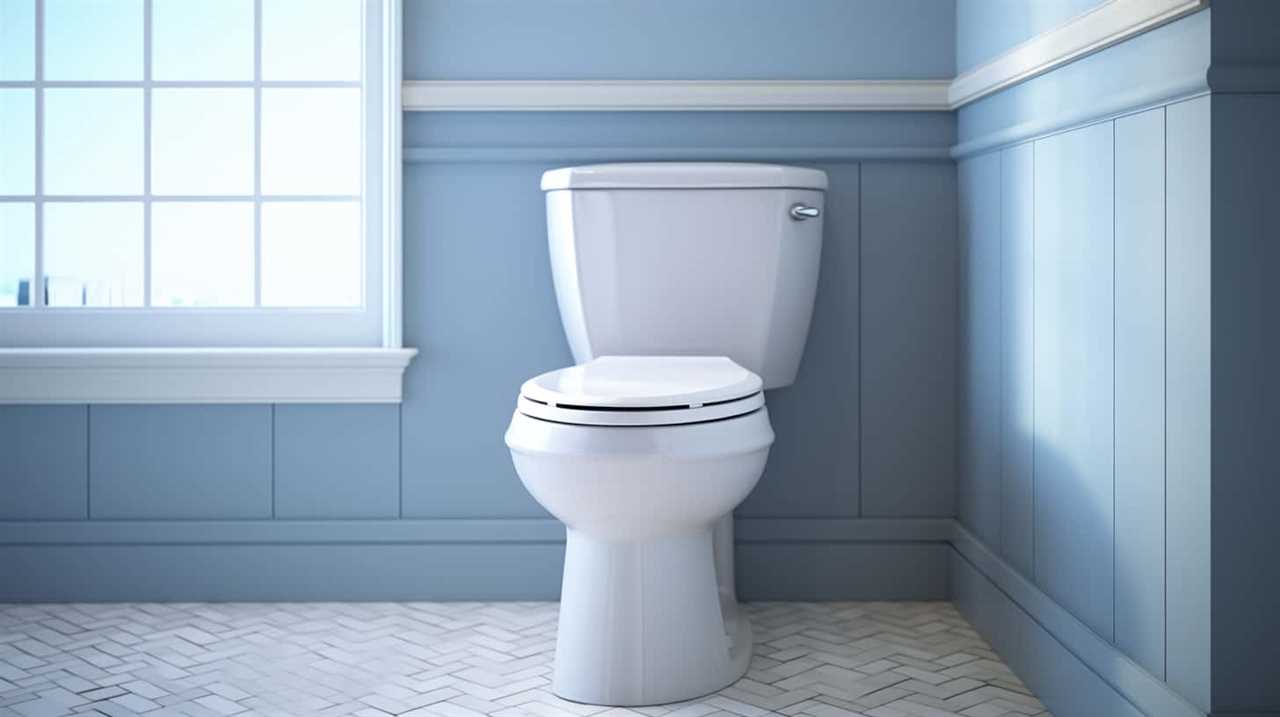
Impact on Plumbing Systems
In cold weather, our toilet can be affected due to a lack of water supply caused by freezing pipes. The impact on plumbing systems during freezing temperatures can lead to a decrease in water pressure, which can directly affect the functionality of toilets.
When pipes freeze, the water inside expands, causing the pipes to crack or burst. This can result in a disruption of water flow to the toilet, leading to a reduced water supply or even a complete interruption.
Additionally, the effects of cold weather on plumbing systems can also extend to septic systems. Freezing temperatures can cause septic tanks and drain fields to freeze, leading to blockages and potential damage.
It’s crucial to take preventative measures, such as insulating pipes and septic systems, to minimize the impact of cold weather on our plumbing infrastructure.
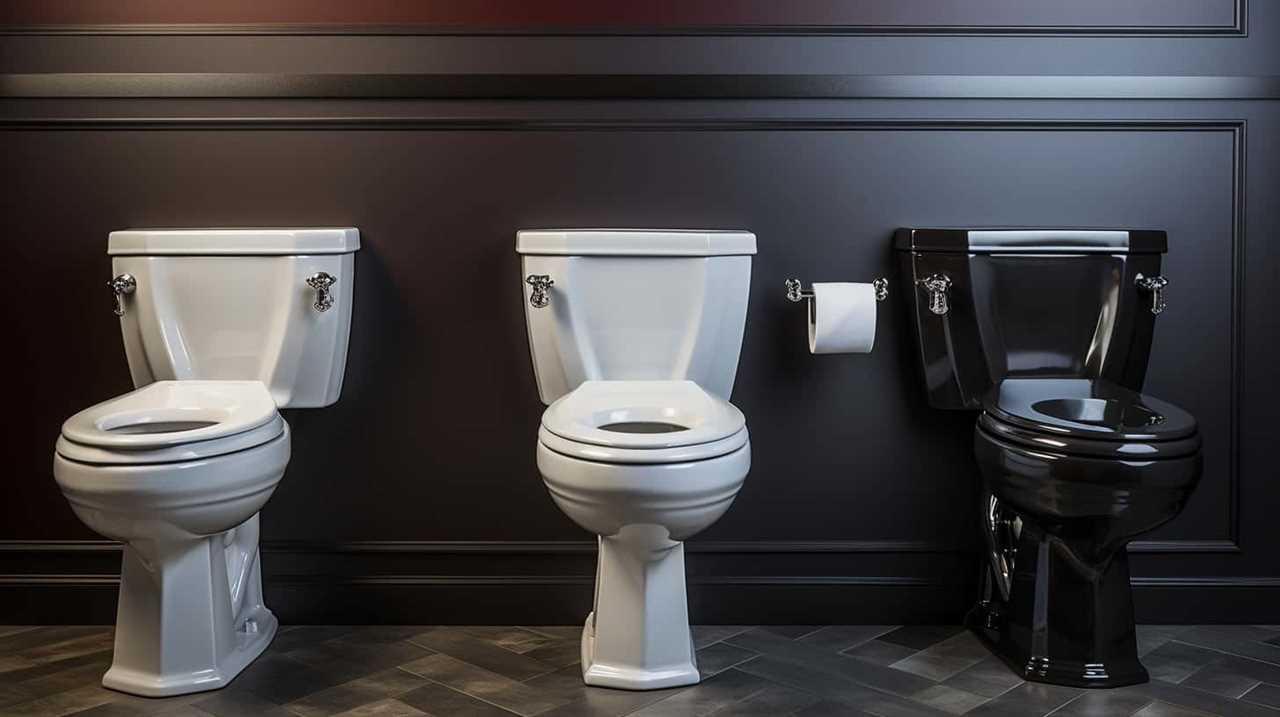
Frequently Asked Questions
Can Cold Weather Cause a Toilet to Crack or Break?
Yes, cold weather can affect a toilet. It can cause the wax seal to contract, leading to leaks. Additionally, the cold temperatures can affect the toilet tank’s ability to fill properly, resulting in reduced flushing performance.
How Does Cold Weather Affect the Flushing Mechanism of a Toilet?
Cold weather can cause freezing in a toilet, leading to various flushing issues. The freezing can affect the flushing mechanism, causing it to malfunction or become sluggish, requiring repairs or thawing to resolve the problem.
Can Cold Weather Cause Condensation to Build up on the Exterior of a Toilet?
In cold weather, toilets can experience condensation on their exteriors. This can be prevented by ensuring proper toilet insulation and implementing winter maintenance tips and tricks to prevent freezing.
Does Cold Weather Impact the Water Supply to a Toilet, Leading to Interruptions?
Yes, cold weather can affect the water supply to a toilet by freezing the pipes, causing interruptions. Insulating the toilet tank can prevent these interruptions and ensure a continuous water supply.
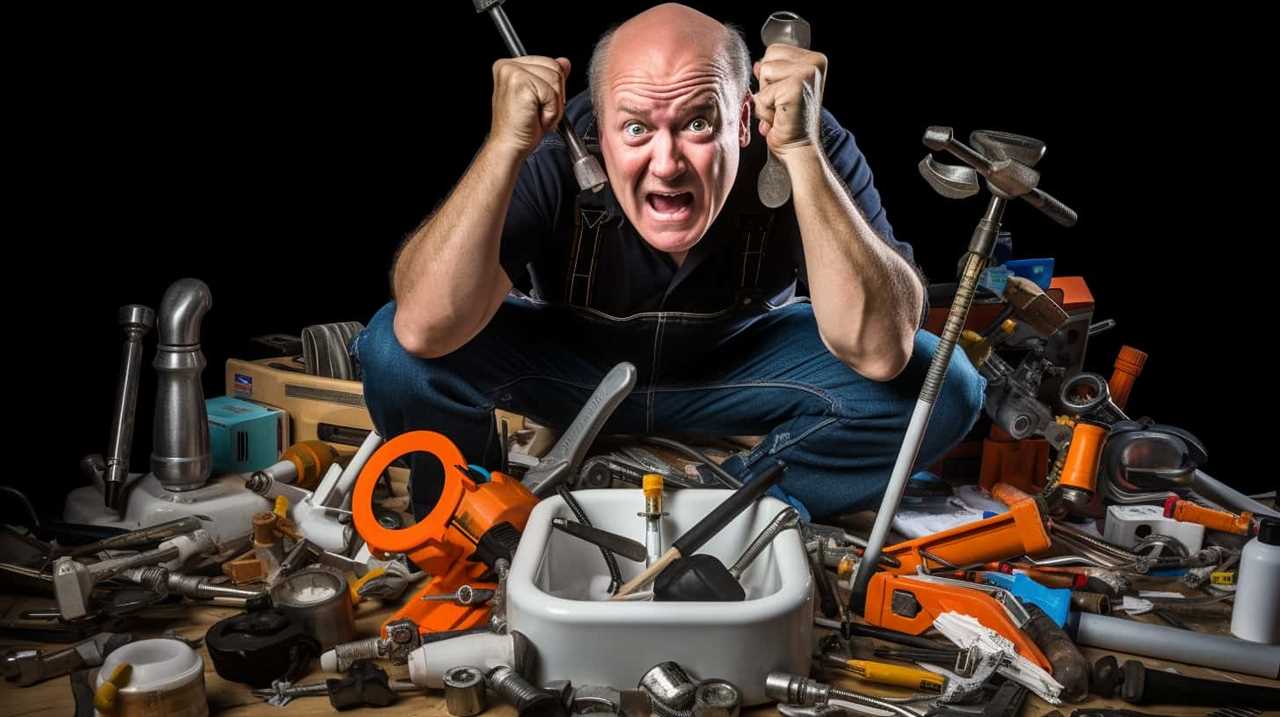
Can Cold Weather Cause a Toilet Drain to Become Clogged or Blocked?
Yes, cold weather can potentially cause a toilet drain to become clogged or blocked. Frozen pipes may occur, blocking water flow, and the seals around the toilet can be affected, leading to leaks or odors.
Conclusion
In conclusion, cold weather can wreak havoc on a toilet. From frozen pipes that can burst and cause extensive damage, to cracked tanks that leak and require costly repairs, the effects are far from minor.
Clogged drains, sluggish flushing, and condensation buildup are additional inconveniences that can arise. Not to mention the potential interruptions in water supply.
It’s crucial to take preventative measures and ensure proper insulation to avoid these troubles during the frigid winter months.
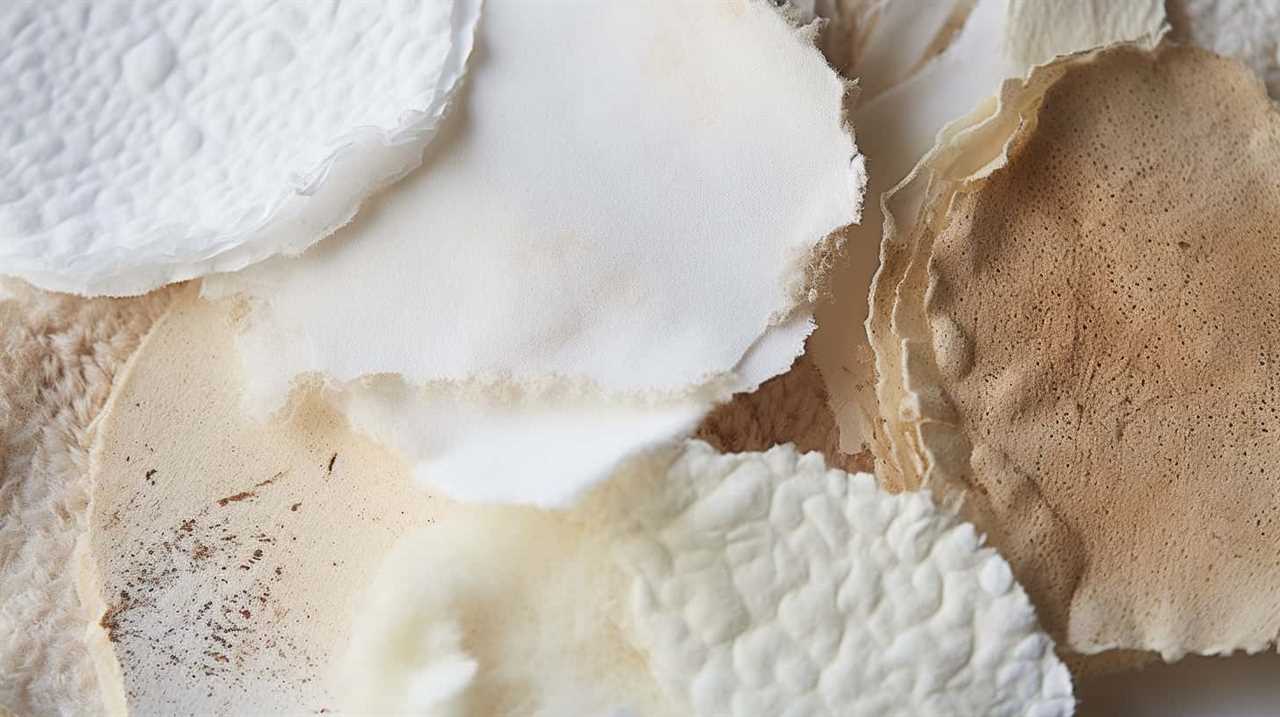
With an impeccable eye for detail and a passion for bathroom-related, Ava leads our editorial team gracefully and precisely.
Under her guidance, Best Modern Toilet has flourished as the go-to resource for modern bathroom enthusiasts. In her free time, you might find Ava exploring antique shops and looking for vintage bathroom fixtures to add to her collection.
FAQ - Advanced Bathroom Queries
What Type of Door Is Best for a Bathroom
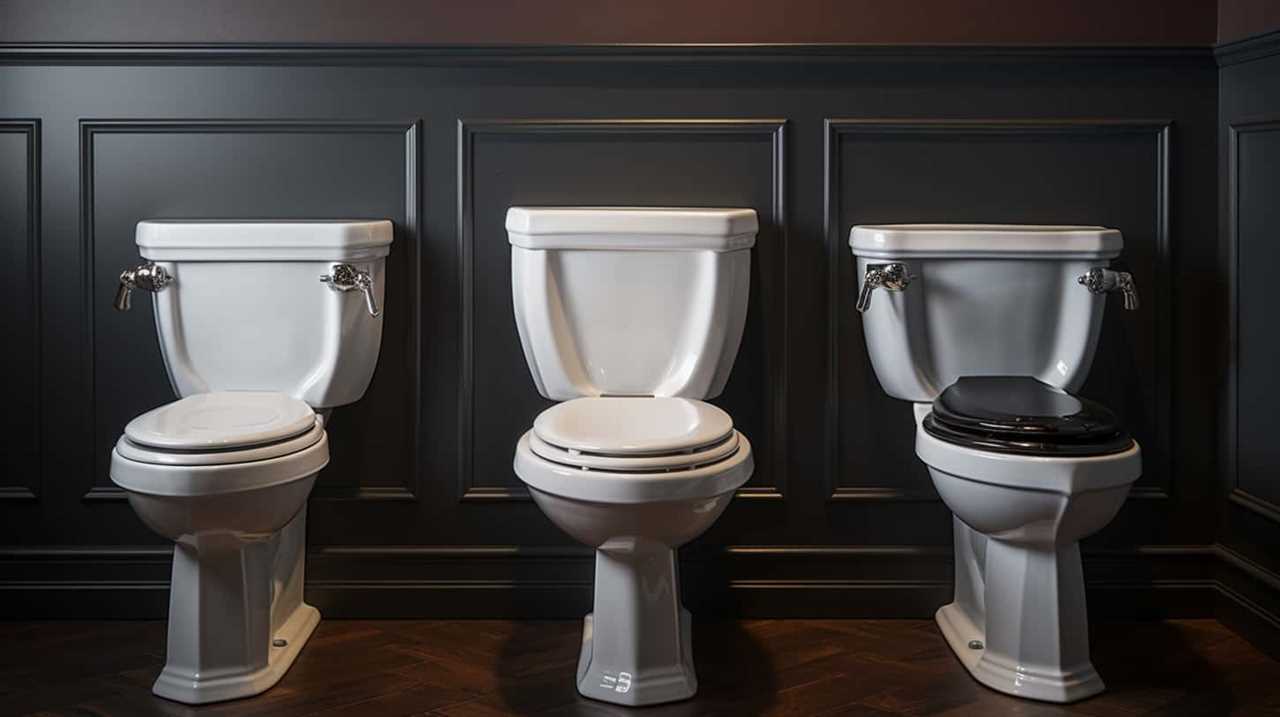
When selecting a bathroom door, we must take into account several crucial factors. Limited space and inadequate ventilation can present obstacles, so it is important to choose a door that is resistant to moisture.
Luckily, there are various options available, like wooden doors with special coatings, polymer-coated doors, plastic doors, glass and glass-composite doors, and enamel-coated doors.
To widen our choices, investing in a top-notch ventilation system is key. And let’s not forget about factors like gluing quality, sealing, and durability.
So, if you’re looking for the perfect bathroom door, we’ve got you covered with our expertise.

Key Takeaways
- Moisture-resistant door options include wooden doors with special coatings, polymer-coated doors, plastic doors, glass and glass-composite doors, and enamel-coated doors.
- Special coatings on bathroom doors offer enhanced durability, increased moisture resistance, low maintenance, design options, and cost considerations.
- Durability and maintenance are important factors to consider when choosing a bathroom door, as they provide a stylish element to bathroom decor, protection against moisture and humidity, excellent sound insulation, and eco-friendly options.
- Sliding doors for bathrooms offer space-saving design, privacy and sound insulation, aesthetics and design versatility, accessibility and mobility-friendly features, as well as durability and low maintenance.
Moisture-Resistant Door Options
When considering moisture-resistant door options for a bathroom, we’ve several choices to ensure durability and protection against moisture.
One option is wooden doors with special coatings, which provide a natural and elegant look while offering resistance to moisture.
Another option is polymer-coated doors, which are specifically designed to withstand moisture and are easy to clean.
Plastic doors are also a viable choice, as they’re highly resistant to moisture and have a smooth surface that’s easy to maintain.
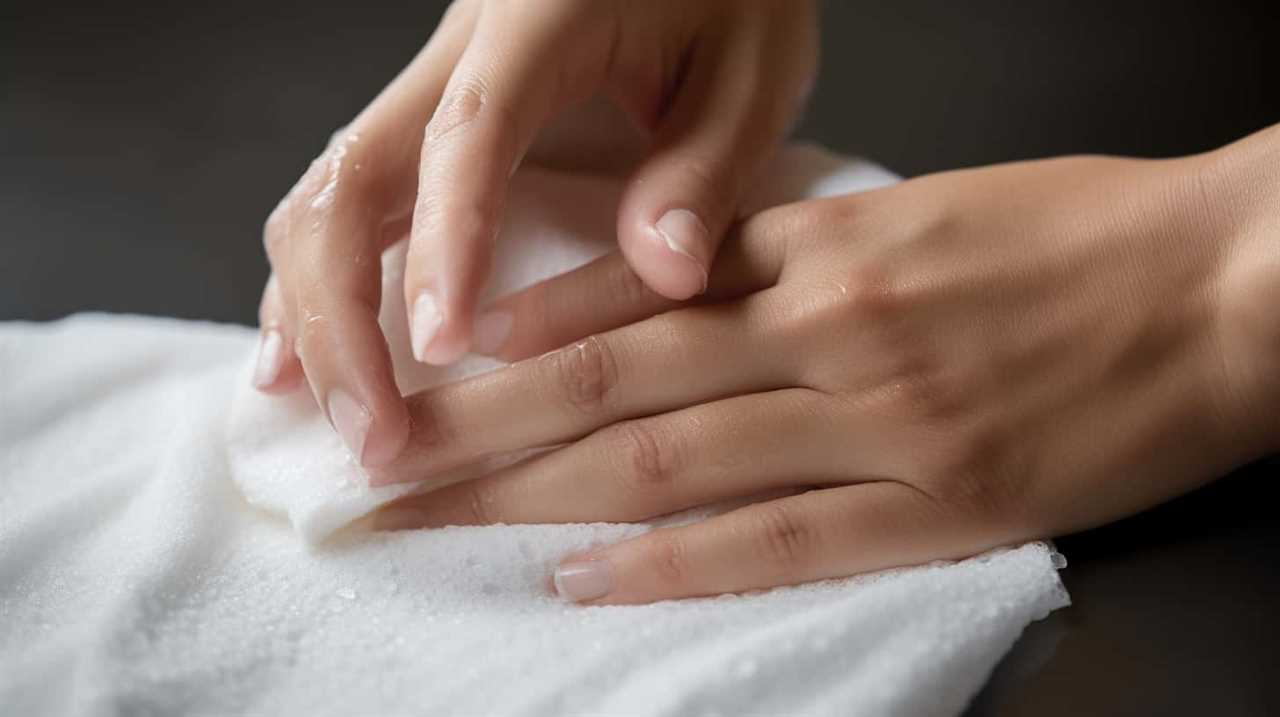
For those looking for a more modern aesthetic, glass and glass composite doors are a great option, as they aren’t only moisture-resistant but also add a touch of sophistication to the bathroom.
Enamel-coated doors offer both moisture resistance and durability.
Additionally, investing in a ventilation system can help reduce moisture levels in the bathroom, expanding the range of door material options.
Wooden Doors With Special Coatings
When it comes to bathroom doors, moisture resistance is key. Wooden doors with special coatings offer a practical solution, protecting against moisture and water damage.
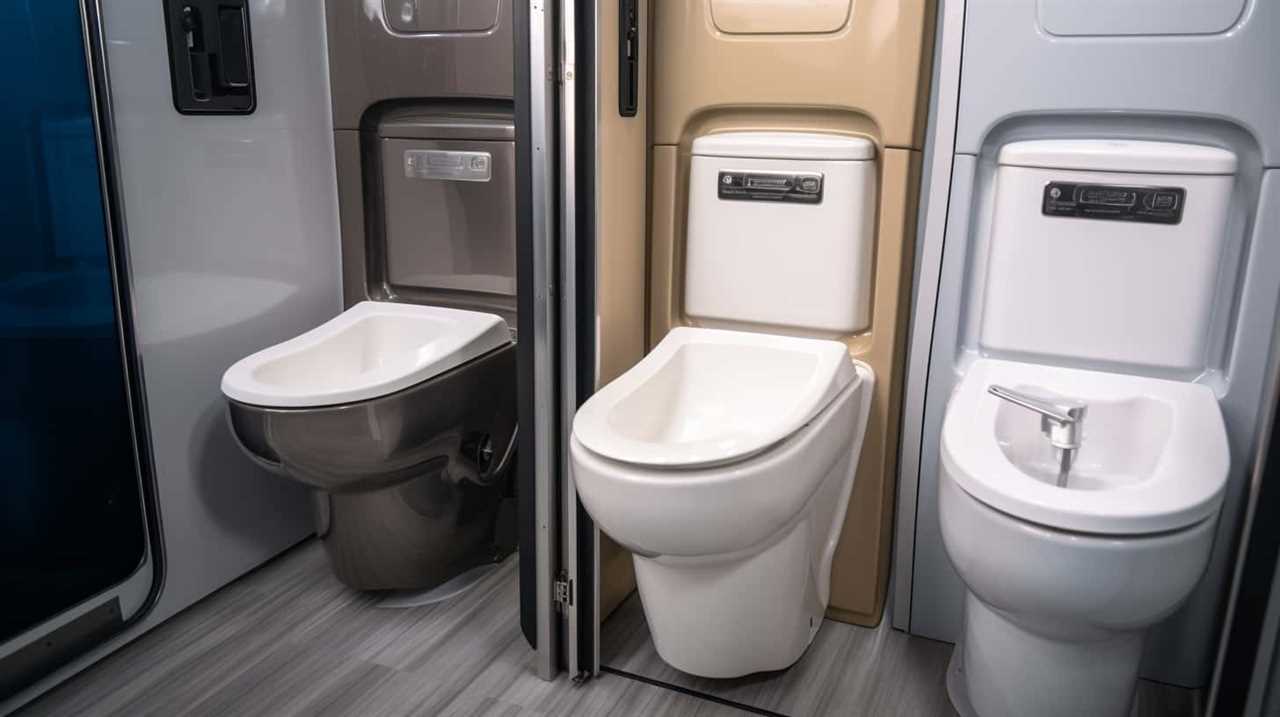
These doors not only provide durability, but also add a touch of natural elegance to the bathroom.
Moisture-Resistant Wooden Doors
To ensure optimal durability and resistance to moisture in a bathroom, our top choice is moisture-resistant wooden doors with special coatings. These doors aren’t only aesthetically pleasing but also provide numerous advantages.
The special coatings, such as paint, wax, or varnish, make them resistant to moisture, preventing swelling, warping, and rotting. This makes them a durable and long-lasting option for bathroom doors. Additionally, they’re eco-friendly, waterproof, good sound insulators, and require low maintenance.
Made of high-density particleboard and wood veneer, they offer strength, noise reduction, and impact resistance. These doors can withstand changes in temperature and humidity, making them ideal for bathrooms with high levels of moisture.
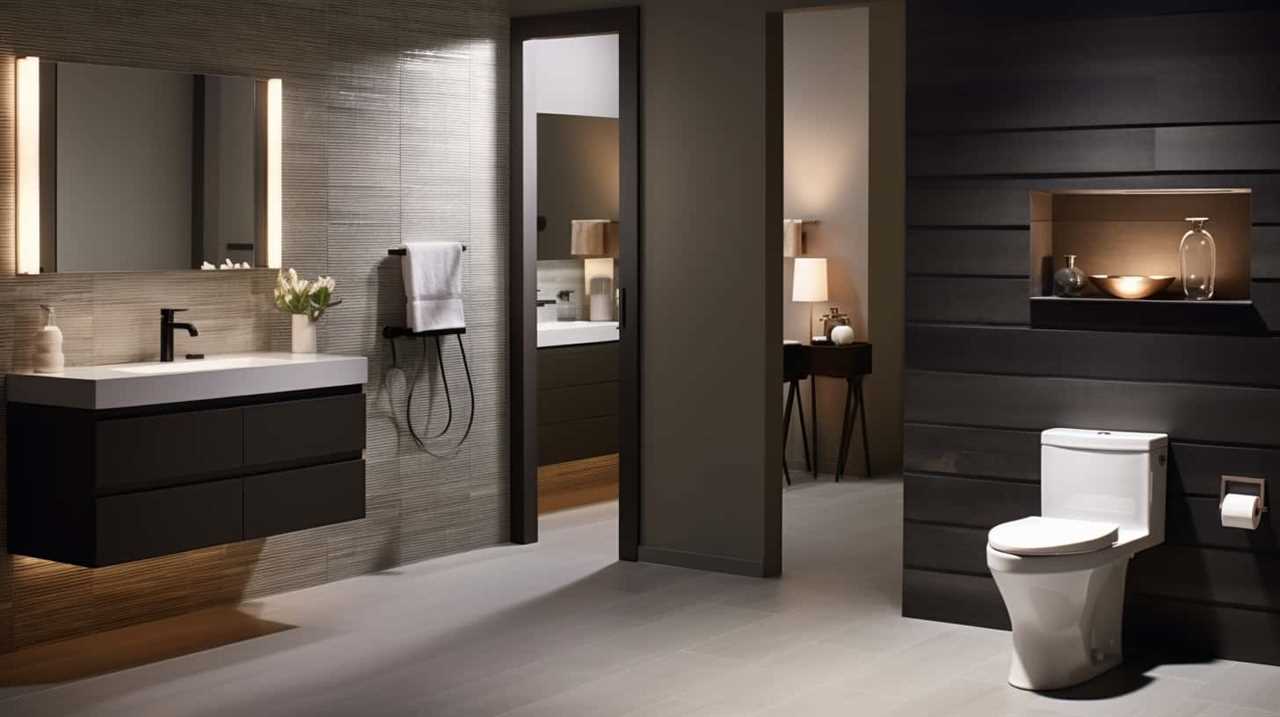
Moreover, they offer customization options, allowing you to choose from different finishes and designs that suit your bathroom decor.
Benefits of Special Coatings
Furthermore, the benefits of special coatings on wooden doors extend beyond moisture resistance to include enhanced durability and protection against humidity in a bathroom environment. Here are some advantages of wooden doors with special coatings:
- Enhanced durability: The special coatings on wooden doors provide an extra layer of protection, making them more resistant to wear and tear. This ensures that the doors maintain their aesthetic appeal for a longer period of time.
- Increased moisture resistance: The special coatings on wooden doors prevent moisture from seeping into the wood, reducing the risk of warping, swelling, and rotting. This makes them ideal for bathrooms with high humidity levels.
- Low maintenance: Wooden doors with special coatings require minimal maintenance. Regular cleaning with a damp cloth and mild detergent is usually sufficient to keep them looking great.
- Design options: These doors come in a variety of designs and finishes, allowing you to choose the one that complements your bathroom decor. From sleek and modern to rustic and traditional, there are endless design options to suit your style.
When it comes to installation, it’s recommended to hire a professional to ensure proper fitting and alignment. Additionally, considering the cost of the door and installation is important before making a purchase.
Durability of Wooden Doors
Wooden doors with special coatings offer exceptional durability in a bathroom environment. These doors not only provide a stylish element to bathroom decor but also protect against moisture and humidity. With their impact resistance and water damage prevention capabilities, they’re a reliable choice for long-lasting use.
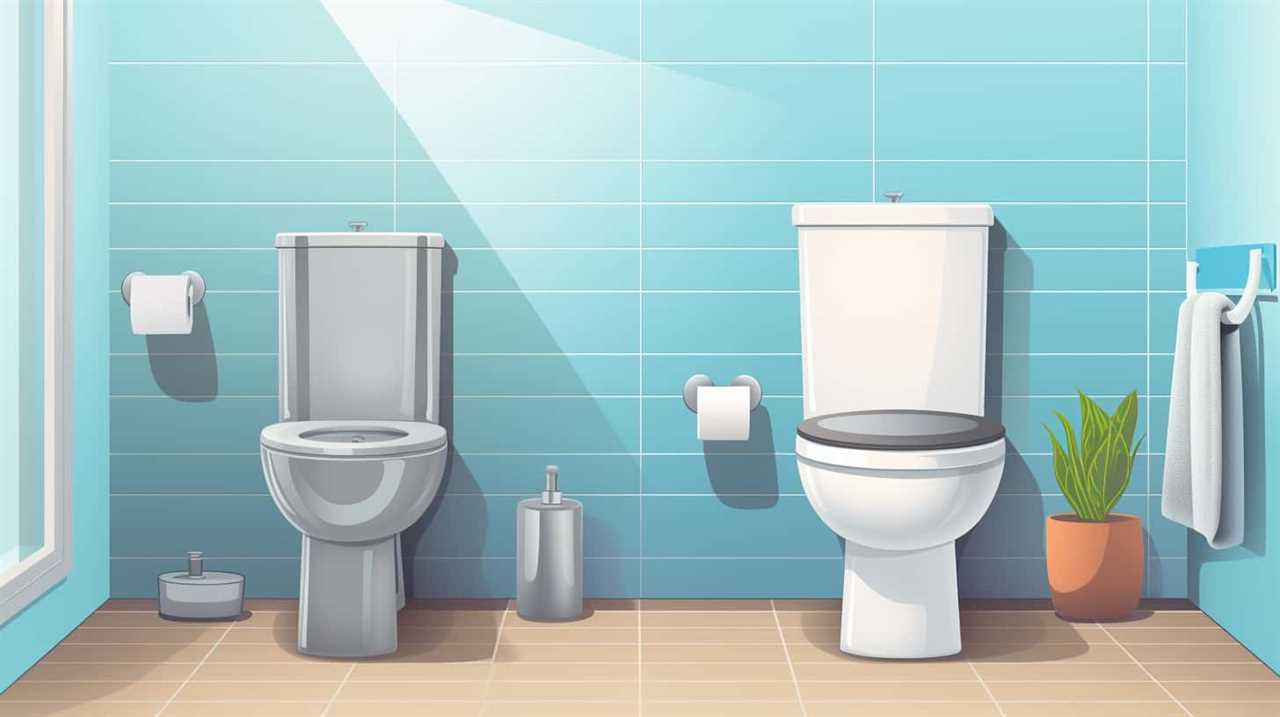
Additionally, wooden doors with special coatings offer excellent sound insulation, ensuring privacy and tranquility in the bathroom. They’re also eco-friendly options, made of high-density particleboard and wood veneer, which are waterproof and require low maintenance. For those on a budget, pine coated doors are a cost-effective choice. Oak or walnut coated doors are both aesthetically appealing and durable.
With their flexibility, sealability, and resistance to swelling and warping, these wooden doors with special coatings are an ideal choice for a bathroom.
Moving on, let’s explore the benefits of polymer-coated doors.
Polymer-Coated Doors
One option that we highly recommend for bathroom doors is polymer-coated doors. These doors offer several advantages and are a popular choice for bathrooms. Here are four reasons why polymer-coated doors are a great option:
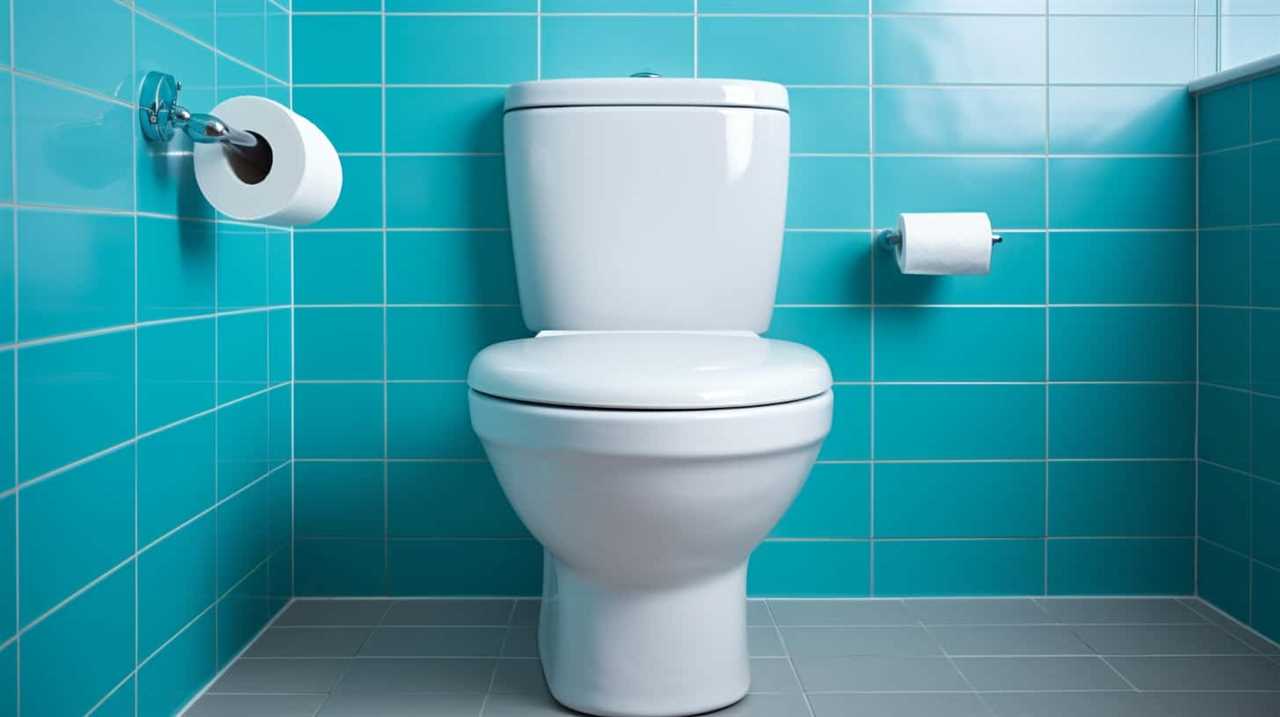
- Advantages: Polymer-coated doors are moisture-resistant, preventing swelling, warping, and rotting. They’re also eco-friendly and waterproof, making them ideal for the bathroom environment.
- Installation: Installing polymer-coated doors is a straightforward process. With their solid construction, they provide privacy and are suitable for bathrooms of all sizes.
- Design options: Polymer-coated doors come in various styles and designs, allowing you to find one that complements your bathroom decor. Whether you prefer a modern or traditional look, there’s a design option for you.
- Maintenance and noise reduction: These doors are easy to clean and require low maintenance. They’re also good sound insulators, reducing noise from outside the bathroom for a more peaceful experience.
Plastic Doors
For our bathroom door, we chose plastic.
Plastic doors offer a wide range of design versatility, making them a popular choice for modern, minimalist, or Scandinavian bathroom designs. They come in various colors and textures, allowing you to match them seamlessly with your bathroom decor.
In terms of cleaning and maintenance, plastic doors are incredibly easy to clean and require minimal upkeep. Additionally, plastic doors are known for their durability and water resistance, making them ideal for moist bathroom environments.
If you’re looking to save space, plastic sliding doors are a great option, offering unique design possibilities for bathroom entrances. For a stylish touch, consider frosted glass doors made from plastic materials, as they add a modern aesthetic and create the illusion of extra space.
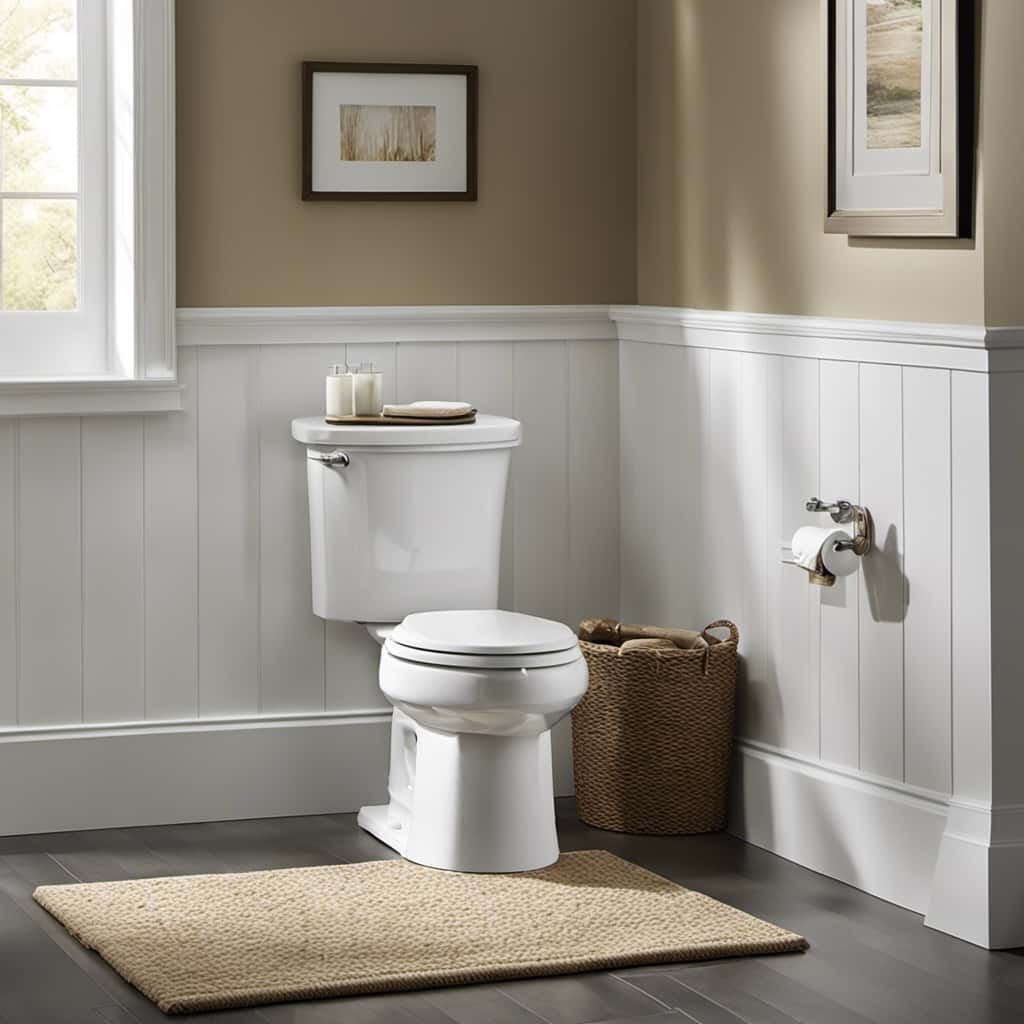
Glass and Glass-Composite Doors
When it comes to glass and glass-composite doors for bathrooms, two important factors to consider are transparency and privacy.
Transparent glass doors allow natural light to flow through, creating a brighter and more open atmosphere.
On the other hand, frosted glass panels offer both light and privacy, making them a great option for those who value both.
Additionally, glass and glass-composite doors are easy to clean and maintain, making them a practical choice for bathrooms.
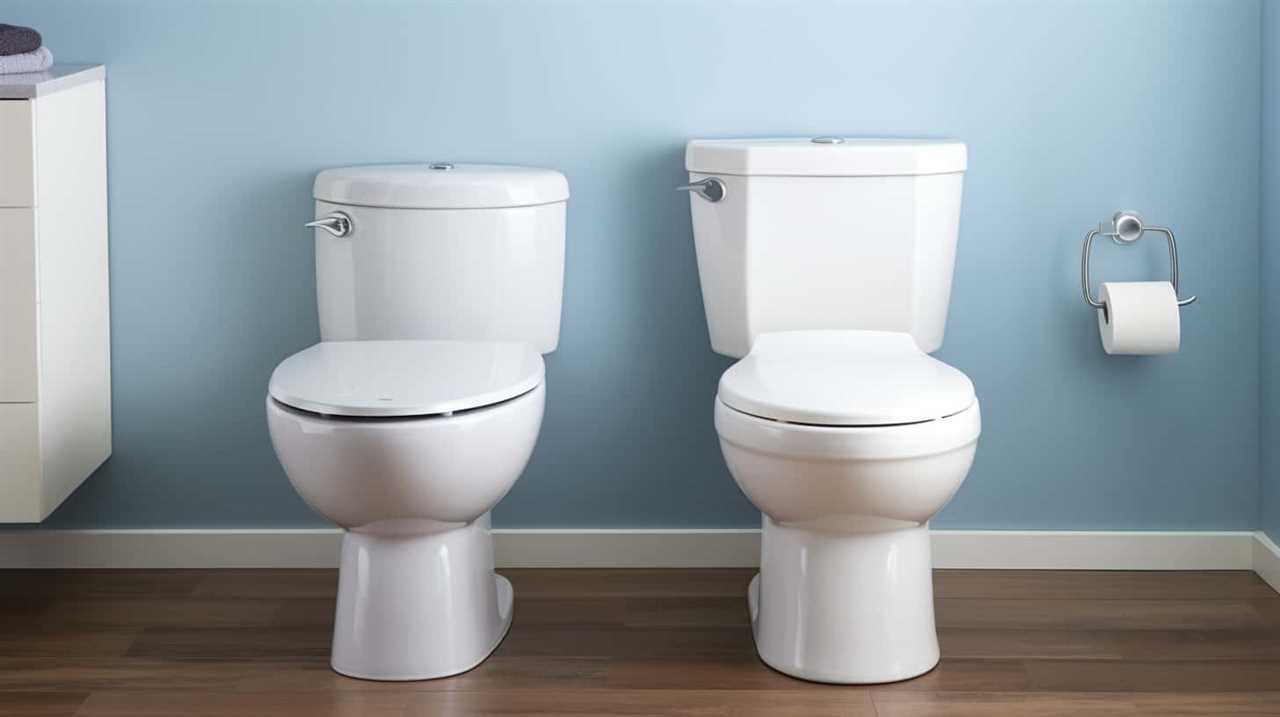
Transparency and Privacy
Discussing the transparency and privacy of glass and glass-composite doors in the bathroom, we prioritize functionality and aesthetic appeal. Here are four important points to consider:
- Transparency and Aesthetics:
- Glass and glass-composite doors allow natural light to pass through, creating a brighter and more spacious feel in the bathroom.
- They add lightness and space while providing a superb appearance.
- Privacy Concerns:
- Frosted glass panels offer the perfect balance between light and privacy in the bathroom.
- Opaque glass reflects up to 66% of light, creating an airy and spacious look in smaller bathrooms while still providing privacy.
- Practicality and Functionality:
- Glass and glass-composite doors can be customized with various designs and patterns to suit the overall aesthetic of the bathroom.
- They’re easy to clean and maintain, making them a practical choice for busy bathrooms.
- Customization Options:
- Glass and glass-composite doors offer a wide range of customization options, allowing you to choose the level of transparency and privacy that best suits your needs.
When it comes to transparency and privacy, glass and glass-composite doors offer the perfect blend of natural lighting and functionality. However, it’s also important to consider safety and maintenance.
Safety and Maintenance?
Moving on to the topic of safety and maintenance, we need to address the durability and upkeep of glass and glass-composite doors in the bathroom. When it comes to safety measures, glass and glass-composite doors are designed to withstand impact and provide a secure barrier. Cleaning these doors is a breeze, as they can be easily wiped down with a glass cleaner or a mixture of vinegar and water. As for maintenance tips, it is important to regularly check and tighten the door hardware to ensure smooth operation. To prevent moisture build-up, proper gluing and sealing are crucial. Additionally, selecting a door design with frosted or opaque glass panels can enhance privacy while still allowing natural light to filter through. Overall, glass and glass-composite doors offer both safety and low maintenance benefits for bathroom use.
| Safety Measures | Cleaning Techniques | Maintenance Tips |
|---|---|---|
| Impact resistance | Glass cleaner | Check door hardware regularly |
| Secure barrier | Vinegar and water | Tighten hardware for smooth operation |
| Proper gluing and sealing to prevent moisture | ||
| Frosted or opaque glass design for privacy |
Enamel-Coated Doors
In our search for the best type of door for a bathroom, one option that stands out is the use of enamel-coated doors. These doors offer several advantages that make them a practical and stylish choice for any bathroom.

Here are four reasons why enamel-coated doors are worth considering:
- Durability and maintenance: Enamel-coated doors are highly durable and resistant to moisture and heat, making them perfect for high humidity environments like bathrooms. They require minimal maintenance, saving you time and effort in the long run.
- Customization options: Enamel-coated doors come in a wide range of colors, allowing you to customize them to match your bathroom’s interior design. This versatility ensures that your door will seamlessly blend with the overall aesthetic of your bathroom.
- Easy cleaning: The smooth surface of enamel-coated doors makes them easy to clean. A simple wipe with a damp cloth is usually all that’s needed to keep them looking pristine.
- Installation considerations: Enamel-coated doors are relatively easy to install and can be fitted to any standard door frame. However, it’s important to ensure proper measurements and alignment during installation to achieve a perfect fit.
When comparing costs, enamel-coated doors may be slightly more expensive than other options initially, but their durability and low maintenance make them a cost-effective choice in the long term.
Investing in a Ventilation System
When it comes to choosing the best door for a bathroom, investing in a ventilation system is crucial for controlling moisture and maintaining a healthy environment.
Not only does proper ventilation prevent the buildup of excess moisture and reduce the risk of mold and mildew, but it also expands the range of door material options available.
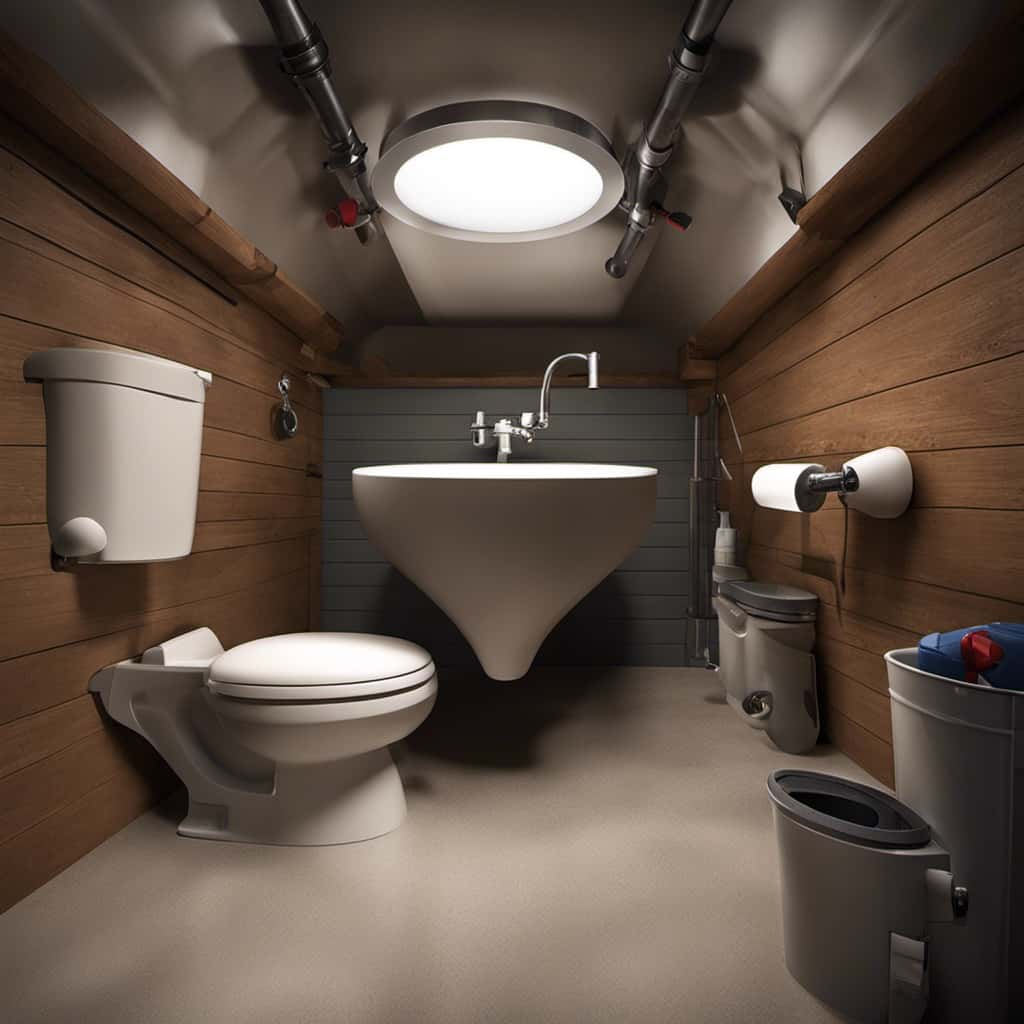
Ventilation and Moisture Control
To improve ventilation and control moisture in a bathroom, we recommend investing in a ventilation system. Here are the benefits of investing in a ventilation system for moisture control:
- Prevents Dampness and Mold: A ventilation system effectively removes excess moisture from the bathroom, preventing dampness and inhibiting the growth of mold and mildew.
- Improves Air Circulation: With a ventilation system in place, air circulation is enhanced, ensuring that fresh air is constantly being circulated throughout the bathroom, reducing odors and improving overall air quality.
- Expands Door Material Options: Investing in a cutting-edge ventilation system opens up a wider range of door material options. You can now consider using moisture-resistant doors such as wooden doors with special coatings, polymer-coated doors, plastic doors, glass and glass-composite doors, and enamel-coated doors.
- Protects Door Durability: Proper ventilation prevents moisture buildup, which can cause damage to doors made of solid wood or veneer-coated materials. By investing in a ventilation system, you can prolong the lifespan of your bathroom door and maintain its durability.
Expanding Door Material Options
Now that we understand the benefits of investing in a ventilation system, how can it expand the range of door material options for a bathroom?
Investing in a cutting-edge ventilation system opens up a world of possibilities when it comes to choosing the material for your bathroom door. One option to consider is wooden doors with special coatings. These coatings provide added durability and resistance to moisture, allowing for a longer lifespan for your door.
Another advantage of investing in a ventilation system is the ability to incorporate glass and glass-composite doors. These doors not only add a modern touch to your bathroom, but they also allow for transparency while still maintaining privacy.
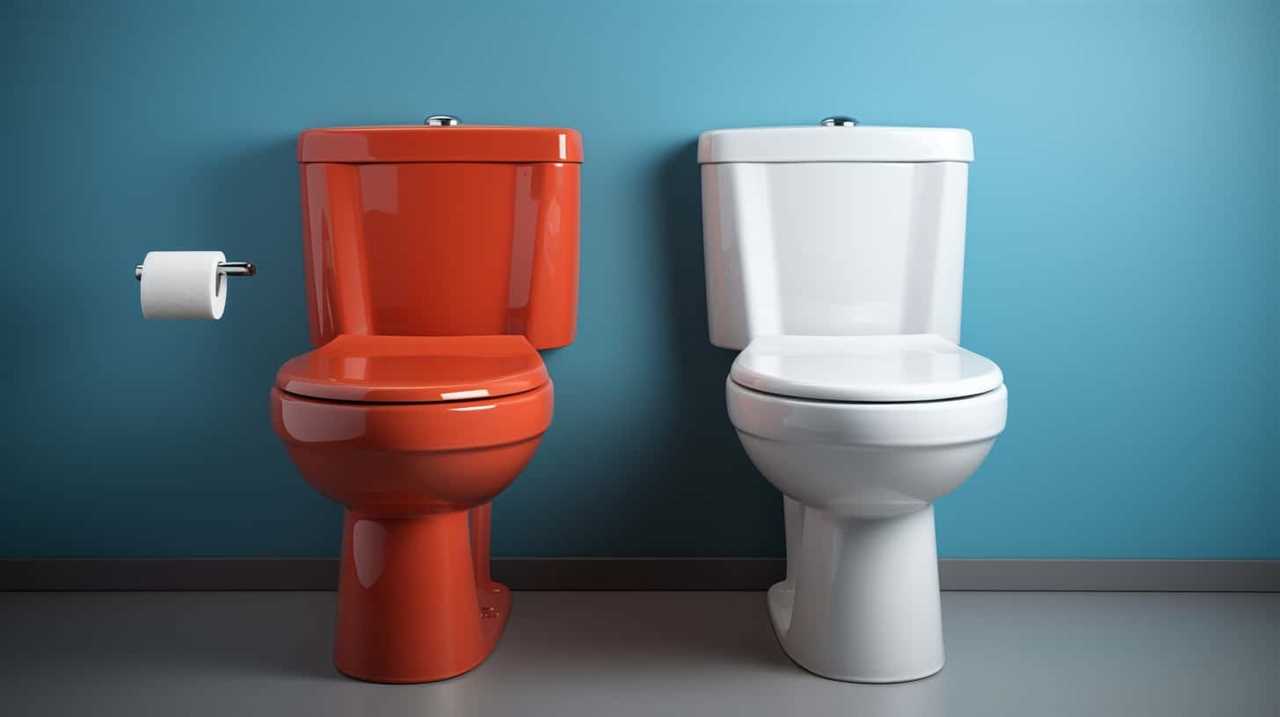
Additionally, proper ventilation helps to prevent moisture buildup, which can lead to safety and maintenance issues.
It’s important to remember that proper installation is key to ensuring the effectiveness of your ventilation system and maximizing the benefits it provides for your door material choices.
Importance of Proper Installation
Proper installation of a ventilation system is essential for maximizing the benefits it provides in expanding door material options for a bathroom. Investing in a ventilation system during installation offers numerous advantages, including improved air circulation and reduced risk of mold growth.
Here are four key benefits of proper installation:
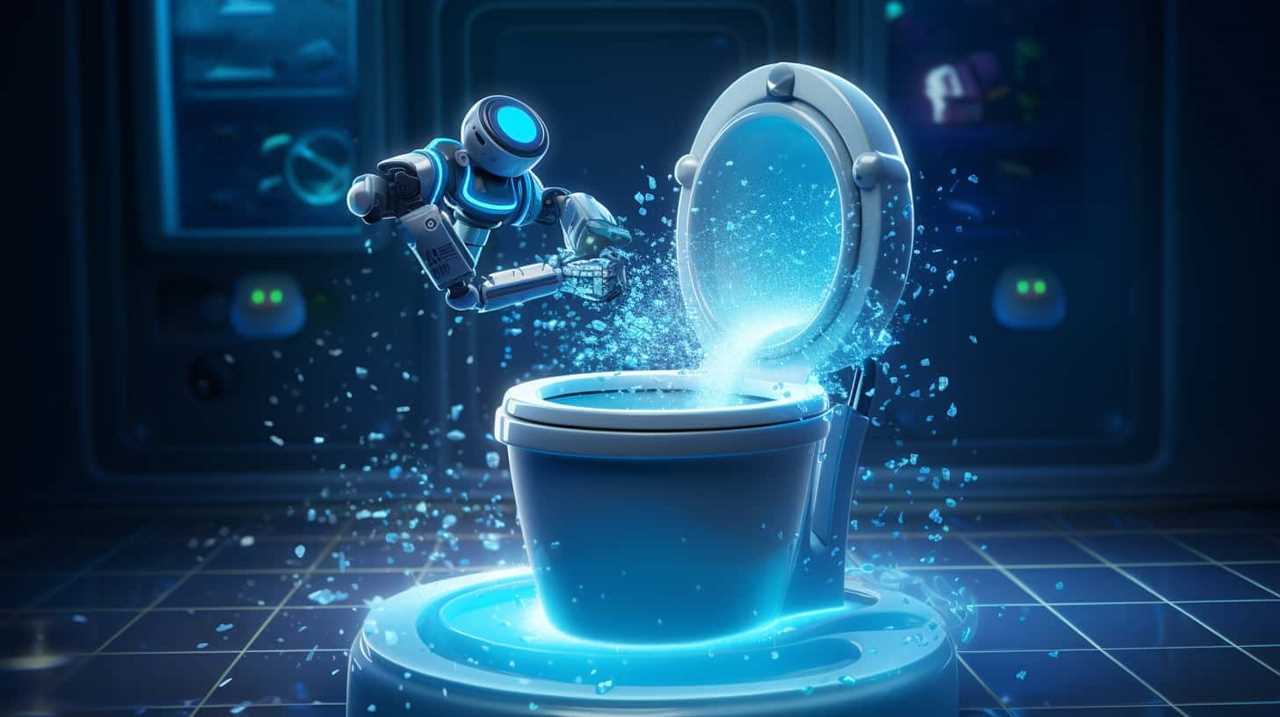
- Prevention of water damage: A well-installed ventilation system helps to prevent moisture buildup, reducing the risk of water damage to your bathroom door and surrounding areas.
- Improved air circulation: Proper installation ensures that the ventilation system effectively removes stale air and brings in fresh air, creating a healthier and more comfortable bathroom environment.
- Proper functionality: Investing in a ventilation system ensures that your bathroom door operates optimally, allowing for smooth opening and closing without any hindrances.
- Aesthetic appeal: By investing in a ventilation system and properly installing it, you can maintain the visual appeal of your bathroom door while enjoying the benefits of improved air quality.
Gluing Quality and Sealing Considerations
We prioritize gluing quality and sealing considerations when selecting a bathroom door to ensure long-lasting durability and water damage prevention. The gluing quality is of utmost importance as it determines the strength and stability of the door. We look for solid core construction and glued dowel pins, which provide the necessary strength, stability, and sound reduction.
Additionally, we pay close attention to the sealing techniques used in critical areas such as the door leaf and edges. Proper sealing prevents moisture from seeping into the door and causing damage. Some manufacturers may not apply moisture-resistant tape on the upper and lower door leaf edges, leaving them vulnerable to moisture damage.
To prevent this, we ensure that the door is properly sealed and protected at the upper and lower edges. This meticulous approach to gluing quality and sealing techniques guarantees a bathroom door that can withstand temperature and humidity changes, ensuring its durability and preventing water damage.
Durability of Bathroom Doors
When considering the durability of bathroom doors, it’s important to evaluate the material’s resistance to moisture and potential wear and tear. Here are four options to consider:
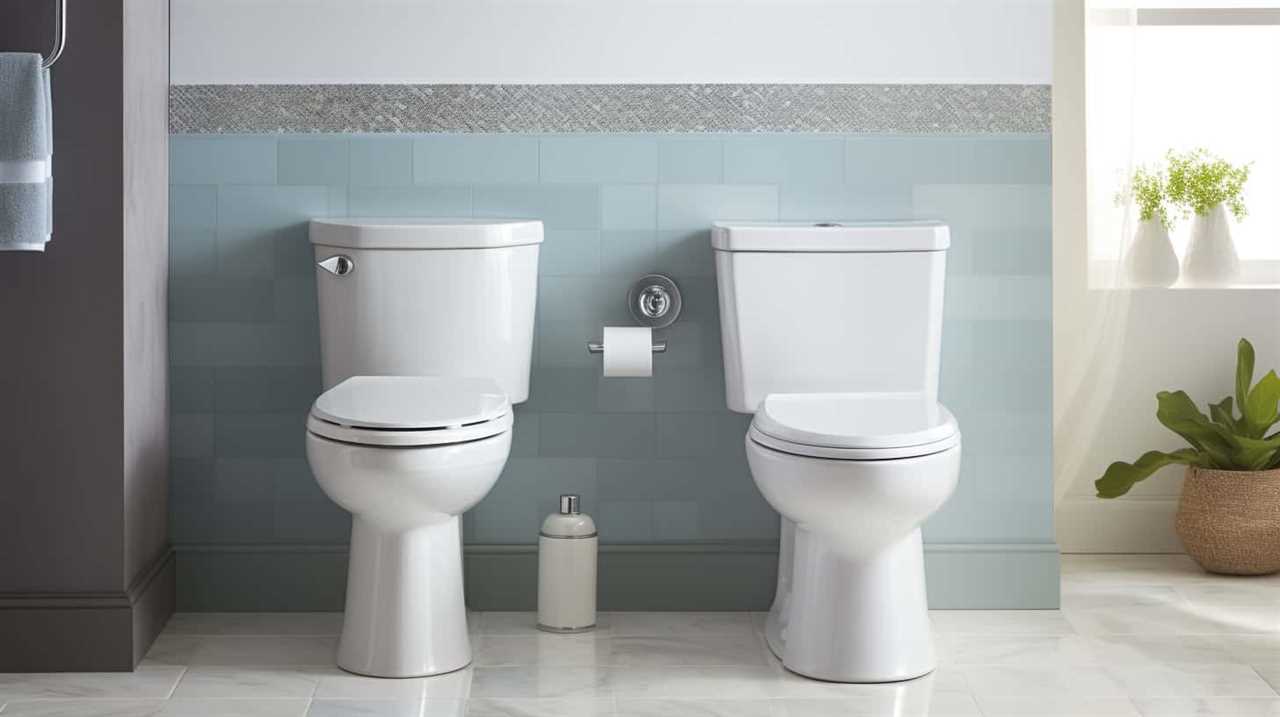
- Durability of wooden doors:
Wooden doors, when properly sealed and coated, can withstand moisture and provide a classic and elegant look to your bathroom. - Polymer-coated doors:
These doors are specifically designed to resist moisture and are a great option for bathrooms with high humidity levels. - Plastic doors:
Plastic doors are highly durable and resistant to moisture, making them an excellent choice for bathrooms. - Glass and glass composite doors:
These doors offer a sleek and modern look while also being durable and resistant to moisture. They allow natural light to flow through, creating a bright and airy atmosphere in your bathroom.
Sliding Doors for Bathrooms
Continuing from our previous discussion on durability, let’s now delve into the versatility and practicality of sliding doors for bathrooms.
Sliding doors, such as sliding glass doors, barn doors, Shoji screen doors, transparent glass doors, aluminium sliding doors, and frosted glass doors, offer a range of options to suit different bathroom styles and sizes.
Sliding glass doors are perfect for bathrooms with limited floor space, as they provide easy access and allow natural light to flood the room. Barn doors add a touch of character and are particularly suitable for smaller bathrooms. Shoji screen sliding doors add elegance while maintaining an open feel, creating a serene atmosphere. Transparent glass doors can be used to separate the bathroom from the master bedroom, giving a seamless and modern look.
Aluminium sliding doors are a durable choice, while frosted glass sliding doors provide a contemporary touch and the illusion of extra space. Sliding doors aren’t only space-saving, but they’re also easy to clean and maintain. Their smooth operation makes them a practical and stylish option for any bathroom.

Pocket Doors for Bathrooms
As we delve into the versatility and practicality of sliding doors for bathrooms, let’s now explore the benefits of pocket doors for maximizing space and creating a seamless design.
Here are four reasons why pocket doors are a great choice for bathrooms:
- Customizable Designs: Pocket doors offer endless design possibilities, allowing you to choose from a variety of materials, finishes, and styles to match your bathroom decor.
- Space-Saving Solution: Unlike traditional hinged doors, pocket doors slide into the wall, freeing up valuable floor space. This is particularly beneficial for smaller bathrooms where every inch counts.
- Seamless and Efficient Use: Pocket doors create a smooth transition between rooms, providing a seamless and efficient flow in your bathroom. They’re especially ideal for bathrooms with shower glass doors, allowing for easy access and maximizing space.
- Waterproof and Moisture-Proof: Pocket doors can be made from waterproof and moisture-proof materials such as aluminum or PVC, ensuring durability and longevity in a humid bathroom environment. However, professional installation is crucial to ensure proper sealing and functionality for optimal performance.
With their customizable designs, space-saving solution, seamless and efficient use, and waterproof and moisture-proof qualities, pocket doors are a practical and stylish choice for any bathroom.
Frequently Asked Questions
Do You Need a Special Door for a Bathroom?
Yes, you need a special door for a bathroom.

When choosing a bathroom door, there are several factors to consider.
Privacy concerns can be addressed with solid core doors or frosted glass doors.
Moisture resistance is crucial, and options like polymer-coated doors or glass-composite doors are recommended.
To enhance soundproofing, consider solid wood stile and rail doors.
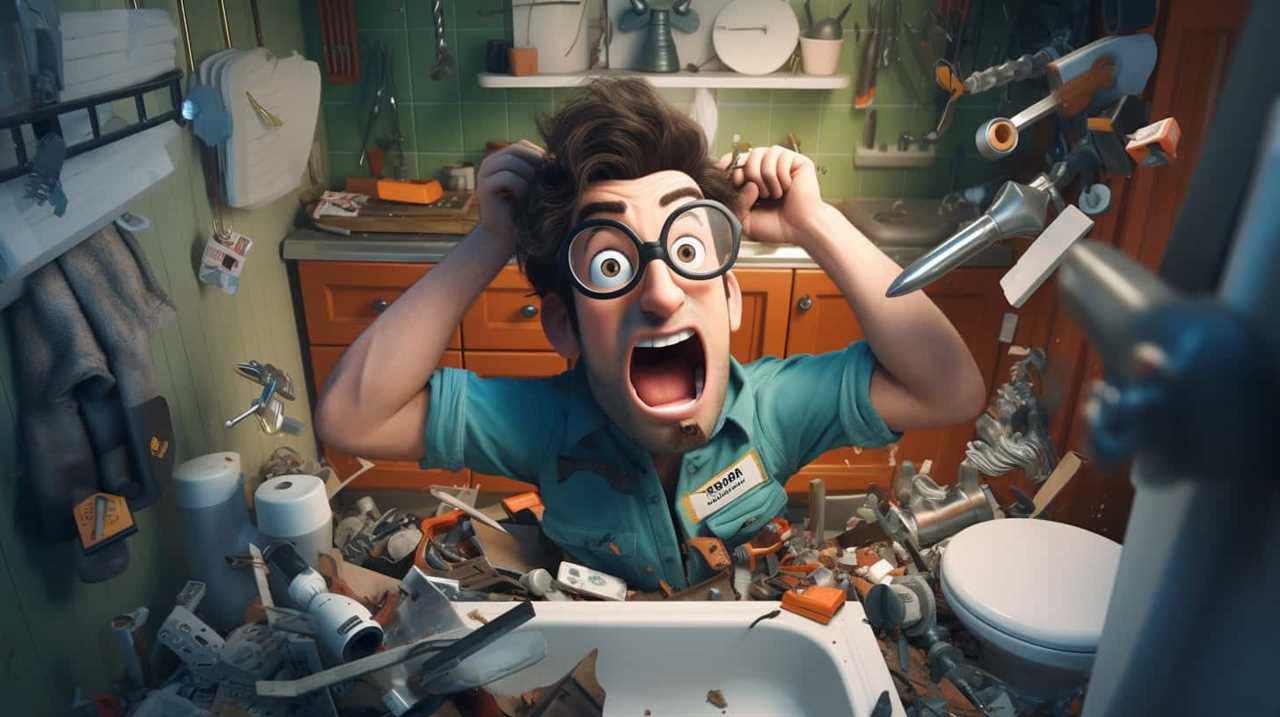
For a decorative touch, explore options like stained glass doors or doors with curved design details.
Space-saving alternatives include pocket doors and sliding doors.
What Material Should Be Used for Bathroom Doors?
Wood vs. glass: Which material is better for bathroom doors?
When it comes to bathroom doors, both wood and glass have their pros and cons.
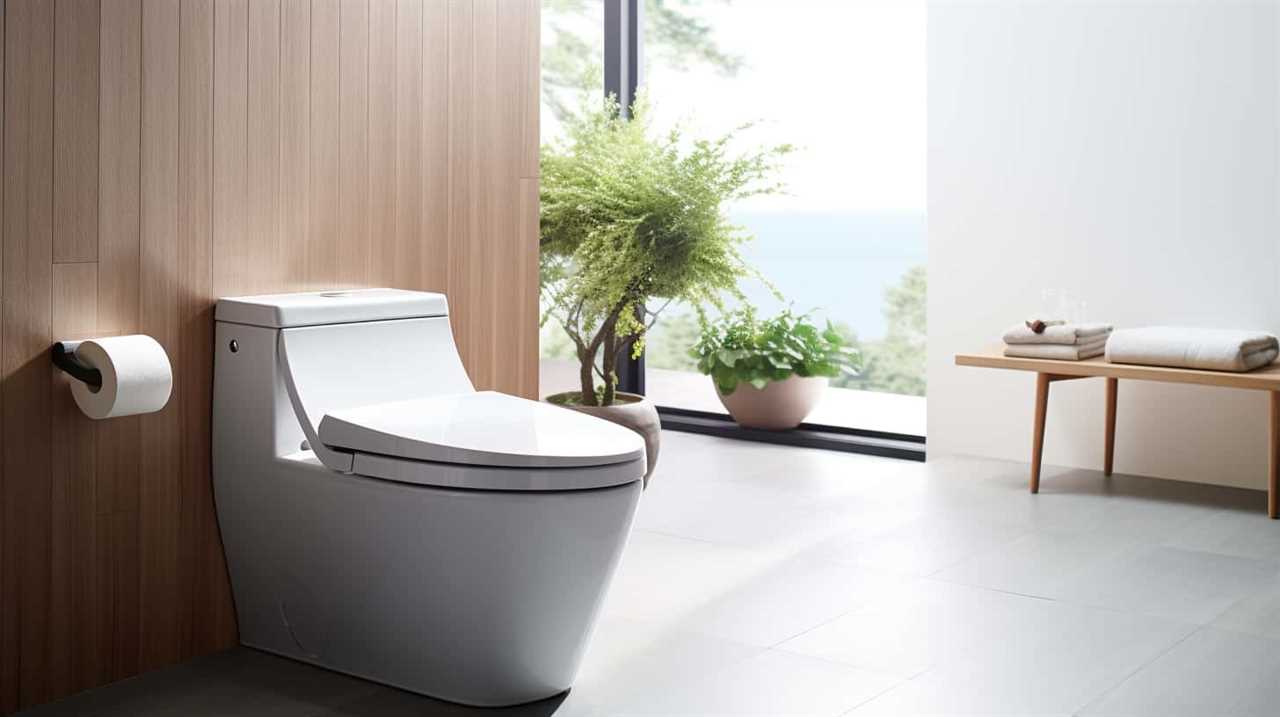
Wood doors offer a classic, warm aesthetic and can be sealed against moisture.
On the other hand, glass doors add a modern touch and create a sense of spaciousness.
PVC doors are a popular choice for bathrooms due to their waterproof properties, but they may have weak points like delamination.
Steel doors are durable, while fiberglass doors offer versatility.
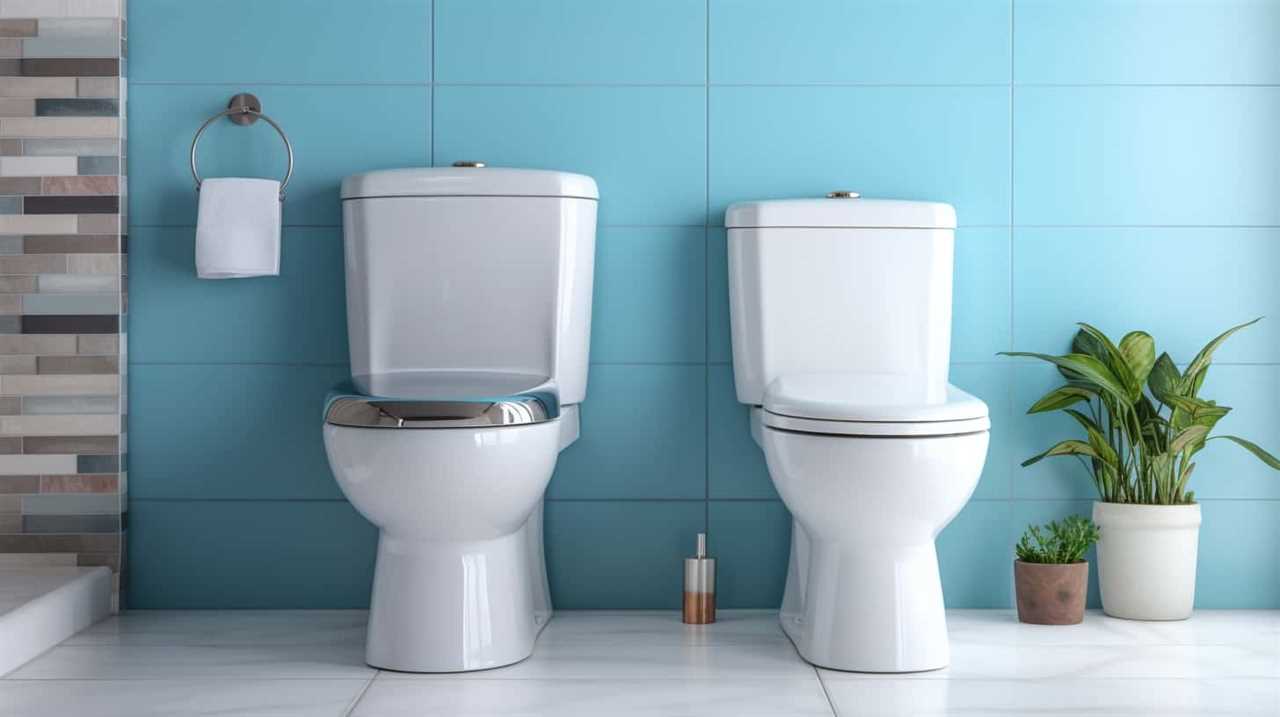
Consider frosted or opaque doors for added privacy in bathrooms.
What Are Standard Bathroom Doors?
When it comes to bathroom doors, there are various options to consider. Frosted glass doors offer benefits such as privacy and natural light while adding a touch of elegance.
Choosing the right door handle is crucial for functionality and style.
Pocket doors are a popular choice for maximizing space, but they can be expensive to install.
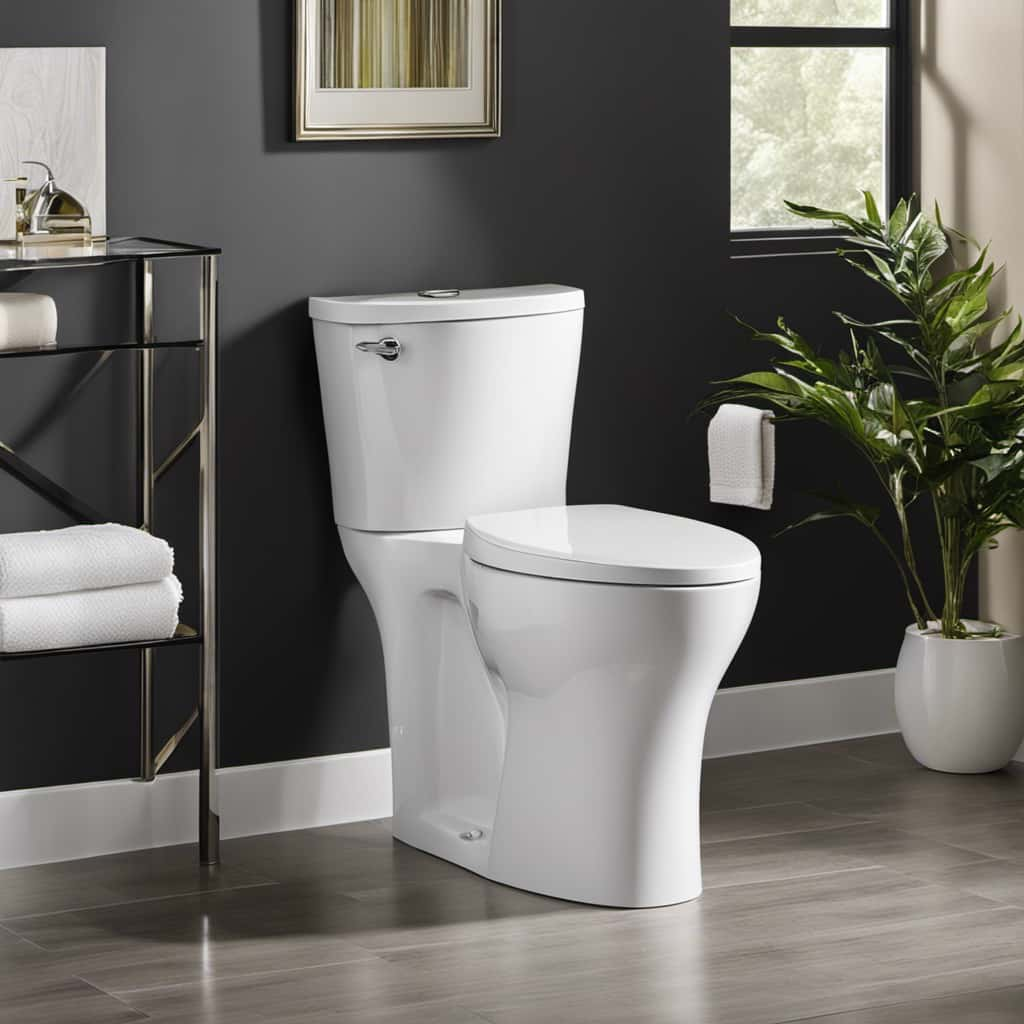
For those looking for creative alternatives, barn style doors can add a rustic charm.
Proper ventilation is essential to prevent moisture damage.
Is a Sliding Door a Good Idea for a Bathroom?
Sliding doors for bathrooms have their pros and cons.
On the positive side, they save space and add a touch of sophistication to the overall aesthetic.
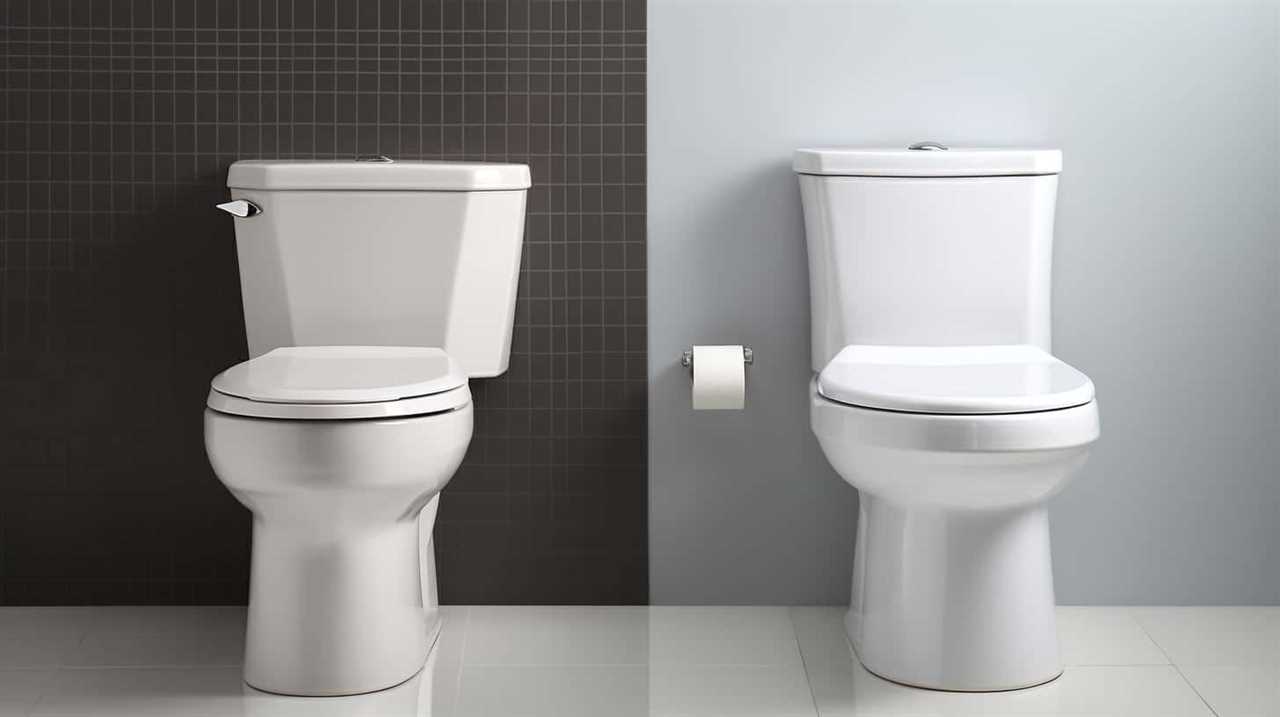
However, privacy can be a concern, and maintenance and cleaning can be challenging.
As alternatives, pocket doors and barn doors offer character and design options.
Factors to consider when choosing a bathroom door include ventilation, durability, and sealing.
Ultimately, the impact of sliding doors on bathroom aesthetics depends on the style and theme of the home.

Conclusion
In conclusion, when choosing the best door for a bathroom, it’s crucial to prioritize moisture resistance and ventilation.
Options such as wooden doors with special coatings, polymer-coated doors, plastic doors, glass and glass-composite doors, and enamel-coated doors offer excellent moisture resistance.
Investing in a cutting-edge ventilation system expands the range of door material choices.
By carefully considering factors like gluing quality, sealing, and durability, you can ensure a long-lasting and functional bathroom door that enhances your space.
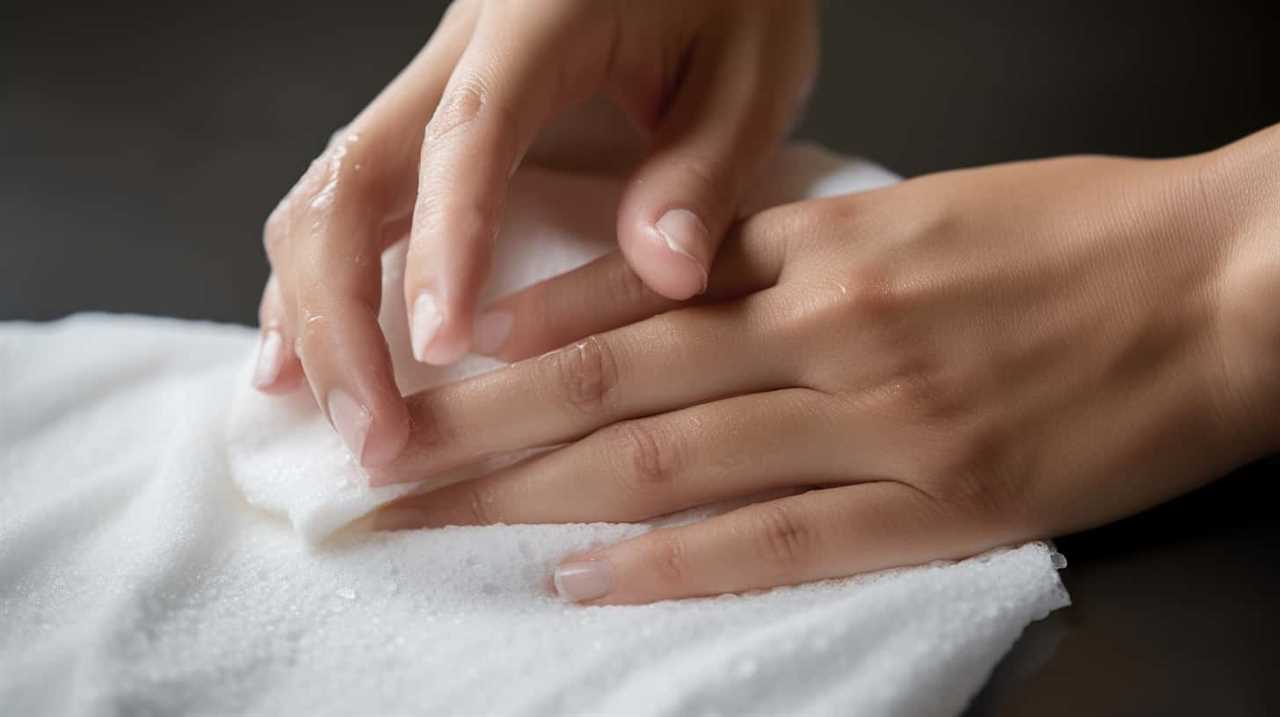
So don’t let limited space or poor ventilation stop you from finding the perfect door for your bathroom!
With an impeccable eye for detail and a passion for bathroom-related, Ava leads our editorial team gracefully and precisely.
Under her guidance, Best Modern Toilet has flourished as the go-to resource for modern bathroom enthusiasts. In her free time, you might find Ava exploring antique shops and looking for vintage bathroom fixtures to add to her collection.
FAQ - Advanced Bathroom Queries
Can You Use Wet Ones for Toilet
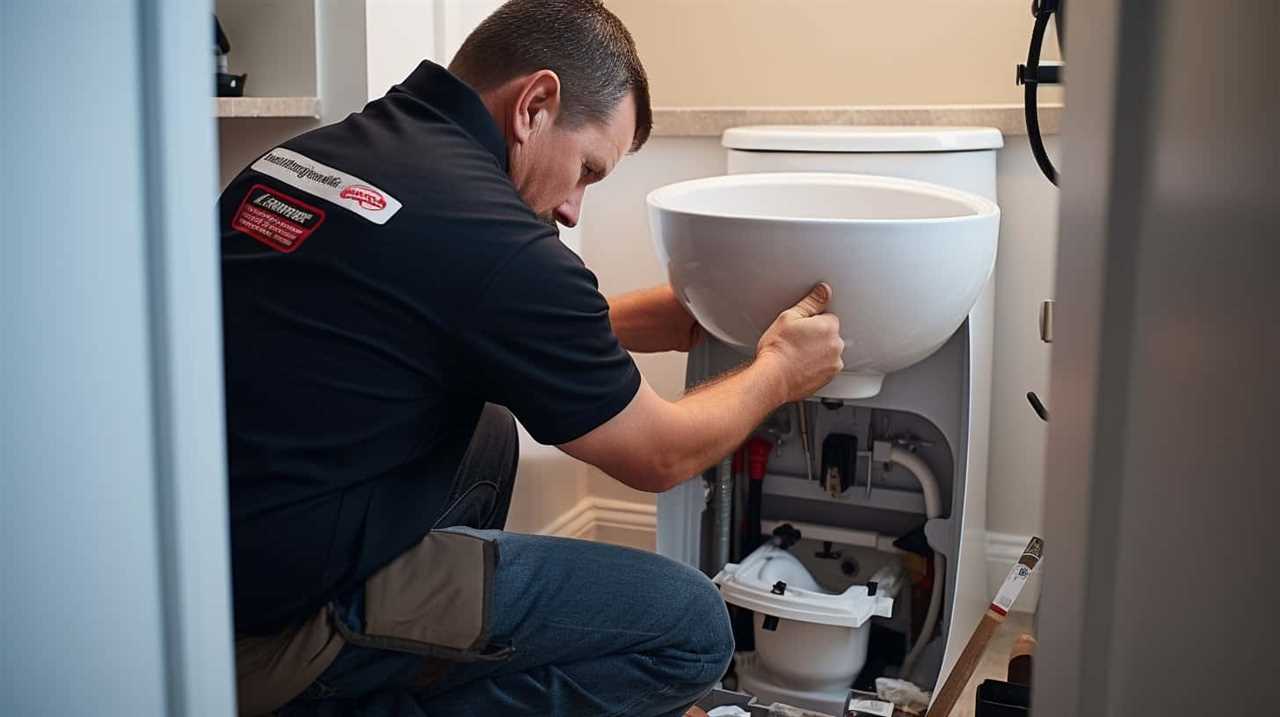
As professionals in the field of bathroom cleanliness, we have frequently considered the idea of using Wet Ones as a substitute for toilet paper. In this blog post, we will delve into the viability of using Wet Ones for bathroom purposes. We will address safety precautions, possible hazards, disadvantages, and other alternatives.
By the end of this informative piece, you’ll have a clear understanding of whether incorporating Wet Ones into your bathroom routine is a wise decision or if it’s best to stick with traditional toilet paper.
Key Takeaways
- Wet Ones effectively kill germs and bacteria, making them suitable for cleaning toilets.
- Flushing Wet Ones down the toilet can lead to clogging and contribute to sewer backups.
- Wet Ones contain chemicals that can irritate sensitive skin, leading to redness, itching, and discomfort.
- Bamboo toilet paper, bidets, and reusable cloth wipes are eco-friendly alternatives that can provide effective toilet hygiene.
Effectiveness of Wet Ones for Toilet Use
Wet Ones work effectively as a toilet cleaning solution. They are designed to kill germs and bacteria, making them suitable for cleaning toilets. Their antibacterial properties ensure a thorough cleaning, reducing the risk of spreading harmful pathogens.
However, it’s important to consider their hygiene implications and environmental impact. Wet Ones are made from non-biodegradable materials, which means they can contribute to environmental pollution if not disposed of correctly.
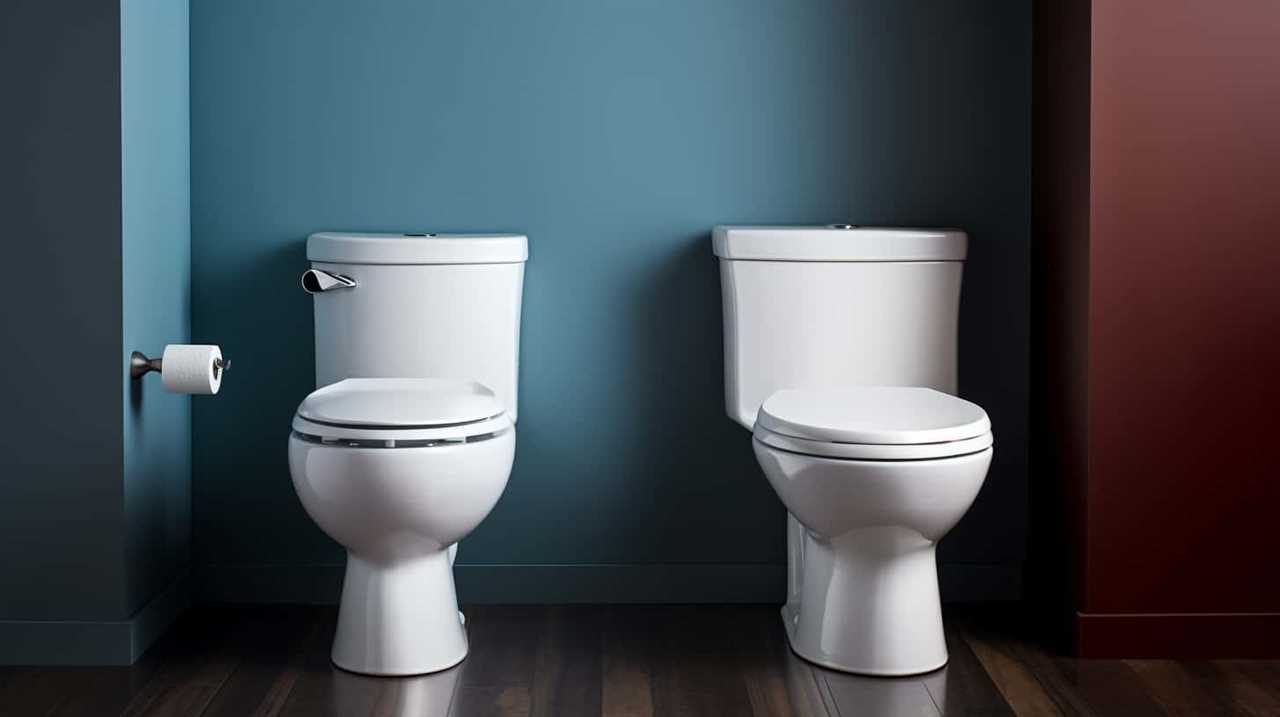
To minimize the environmental impact, it’s essential to follow proper disposal practices. It is advisable to use Wet Ones sparingly and dispose of them properly in designated waste bins. This way, you can maintain hygiene without compromising the environment.
Safety Considerations When Using Wet Ones for the Toilet
When using Wet Ones for the toilet, we should prioritize safety to ensure proper use and minimize any potential risks. It’s important to consider the environmental impact of using Wet Ones and to dispose of them properly.
Wet Ones are typically made from non-biodegradable materials, such as polyester and polypropylene, which can take hundreds of years to break down in the environment. To minimize their impact, it’s recommended to avoid flushing them down the toilet as they can clog pipes and contribute to sewer backups. Instead, they should be placed in a trash bin and disposed of with regular household waste.
Additionally, it’s essential to follow proper hand hygiene practices before and after using Wet Ones to prevent the spread of germs and maintain personal hygiene.
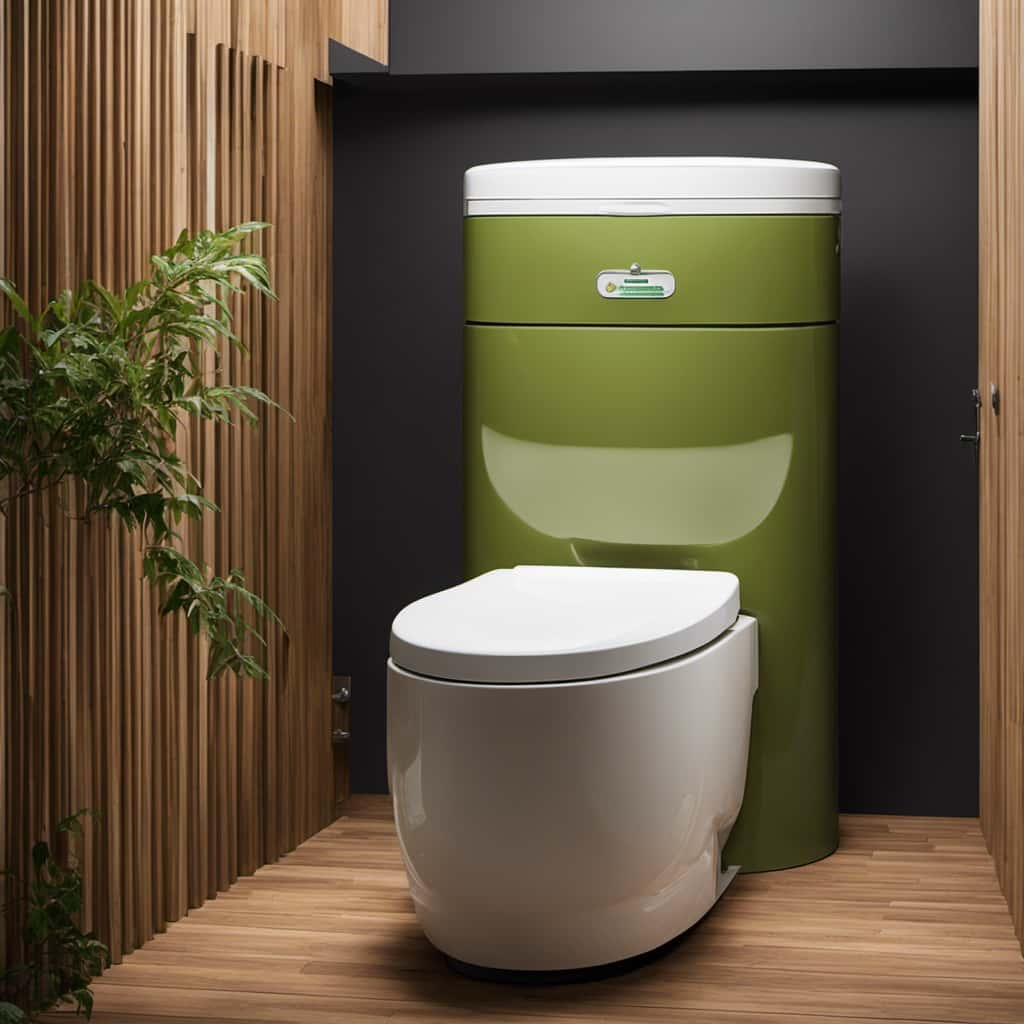
Potential Risks and Drawbacks of Using Wet Ones for Toilet
Using Wet Ones for the toilet carries certain risks and drawbacks that need to be considered. Here are four potential risks and drawbacks of using Wet Ones for toilet paper substitution:
- Skin irritation: Wet Ones contain chemicals that can irritate sensitive skin, leading to redness, itching, and discomfort.
- Disposal issues: Wet Ones aren’t designed to be flushed down the toilet, which can lead to clogging and plumbing problems.
- Environmental impact: Wet Ones are made from synthetic materials that don’t break down easily, contributing to pollution and harming the environment.
- Reduced effectiveness: Wet Ones may not provide the same level of cleanliness as toilet paper, as they may not effectively remove all bacteria and fecal matter.
Considering these risks and drawbacks, it’s important to explore alternative options for toilet paper substitution.
Alternatives to Wet Ones for Toilet Paper Substitution
As we explore alternative options for toilet paper substitution, it is important to consider the potential risks and drawbacks associated with using Wet Ones for the toilet. While Wet Ones can be effective in cleaning and refreshing, they are not designed to be flushed down the toilet. This can lead to clogging and damage to plumbing systems.
Toilet paper alternatives that are eco-friendly and safe for flushing include bamboo toilet paper, bidets, and reusable cloth wipes. Bamboo toilet paper is a sustainable option as it is made from a rapidly renewable resource. Bidets, either standalone or as attachments to existing toilets, provide a hygienic and water-saving alternative. Reusable cloth wipes, made from soft and absorbent materials, can be washed and reused, reducing waste.
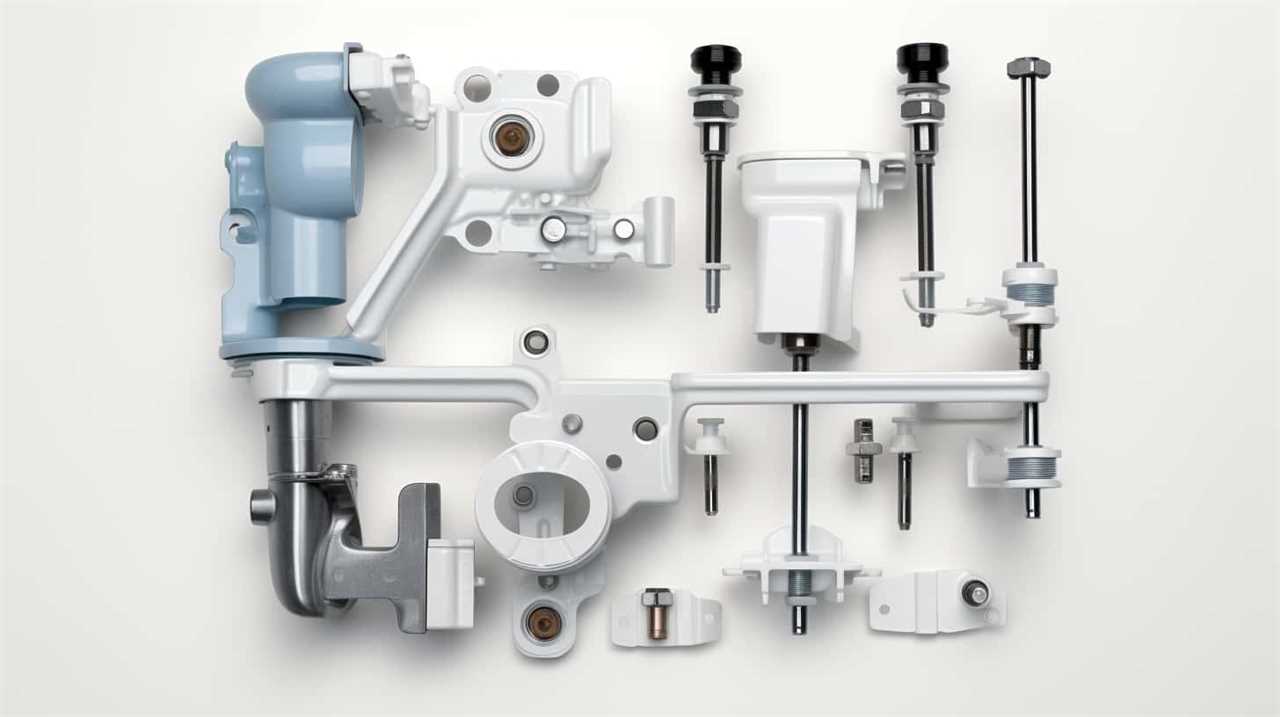
When using alternative methods, it is important to maintain good hygiene practices. Here are some tips:
- Ensure proper handwashing before and after using any alternative method.
- For reusable cloth wipes, wash them thoroughly with hot water and detergent after each use.
- Follow the manufacturer’s instructions when using bidets or other devices.
By considering eco-friendly alternatives and practicing good hygiene, we can make sustainable choices while maintaining cleanliness in the bathroom.
| Eco-Friendly Alternatives | Hygiene Tips |
|---|---|
| Bamboo toilet paper | Proper handwashing before and after use |
| Bidets | Washing reusable cloth wipes thoroughly |
| Reusable cloth wipes | Following manufacturer’s instructions |
Final Verdict: Should You Use Wet Ones for the Toilet?
To summarize our findings, we strongly advise against using Wet Ones for the toilet due to the potential risks of clogging and damaging plumbing systems. While Wet Ones may seem like a convenient alternative to toilet paper, there are several important factors to consider:
- Pros and Cons: While Wet Ones may provide a refreshing and thorough clean, they can also cause blockages in your pipes and septic system. The moisture in the wipes can lead to clogs and backups, resulting in costly repairs.
- Environmental Impact: Wet Ones aren’t biodegradable and can contribute to environmental pollution. Flushing them down the toilet can harm aquatic life and contaminate water sources.
- Plumbing Damage: The chemicals present in Wet Ones can corrode and damage plumbing systems over time. This can lead to leaks, pipe breakages, and further expenses.
- Hygiene Concerns: Wet Ones may not effectively remove all bacteria and germs, as toilet paper is designed to do. It’s crucial to prioritize proper hygiene practices and use products specifically made for toilet use.
Considering these factors, it’s best to stick to using toilet paper or biodegradable alternatives for a safer and more environmentally-friendly option.
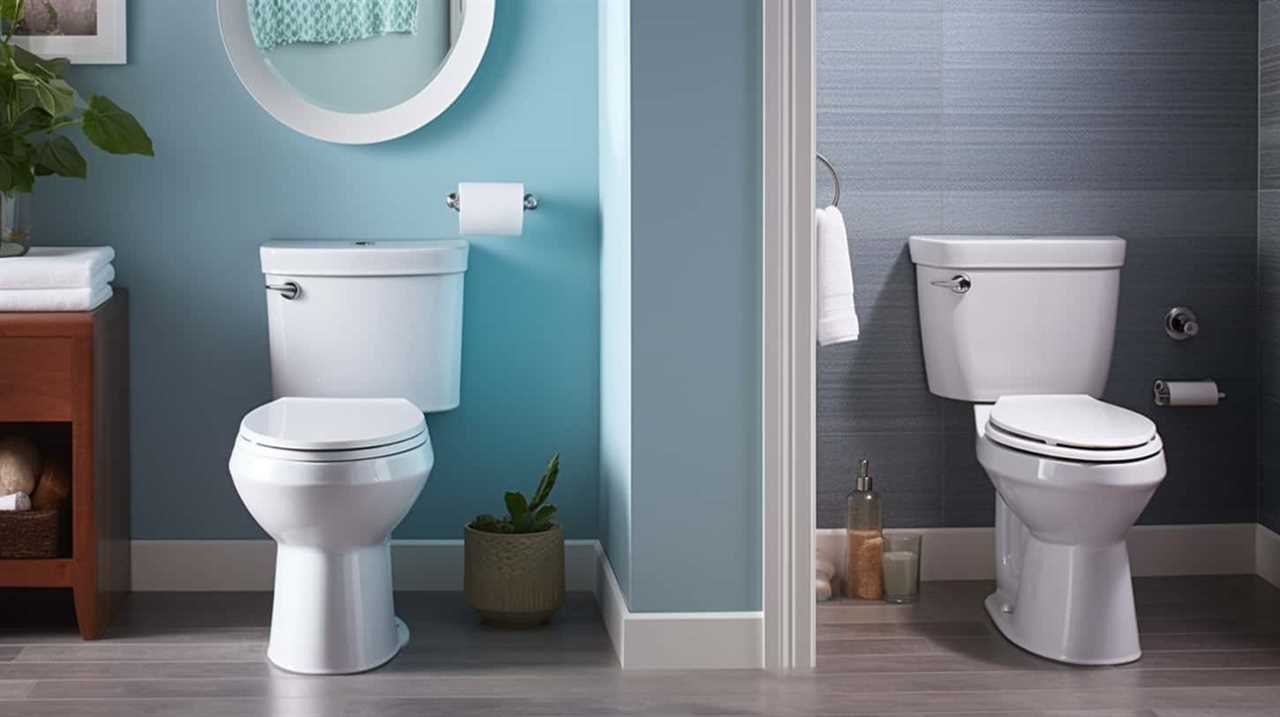
Frequently Asked Questions
Can Wet Ones Be Flushed Down the Toilet?
Yes, wet ones can be flushed down the toilet, but it is not recommended. Flushing wet ones can lead to clogged pipes and sewage backups. There are alternative products specifically designed for toilet use.
Are Wet Ones Safe to Use on Sensitive Skin?
Wet Ones may not be the best choice for sensitive skin care. There are alternative options like hypoallergenic wipes or gentle cleansers specifically designed for sensitive skin. It’s important to prioritize skin health and choose products accordingly.
Can Wet Ones Be Used by Children?
Wet Ones, while convenient for quick clean-ups, may cause skin irritation in some individuals. Additionally, they are not designed for use in potty training. It’s important to consult with a healthcare professional for appropriate alternatives.
What Is the Environmental Impact of Using Wet Ones for the Toilet?
Using wet ones for the toilet can have a negative environmental impact. While they may be effective for personal hygiene, they are not biodegradable and contribute to waste.

Are There Any Specific Instructions for Using Wet Ones for Toilet Purposes?
There are specific instructions for using wet ones for toilet purposes, but they are not recommended as a substitute for toilet paper. Wet ones have alternative uses, such as cleaning surfaces or freshening up.
Conclusion
In conclusion, while Wet Ones can be effective for cleaning purposes, they aren’t recommended for use as a substitute for toilet paper.
Using wet wipes in the toilet can lead to clogged pipes and other plumbing issues.
It’s best to stick to using toilet paper or explore alternative options such as bidets or flushable wipes that are specifically designed for toilet use.
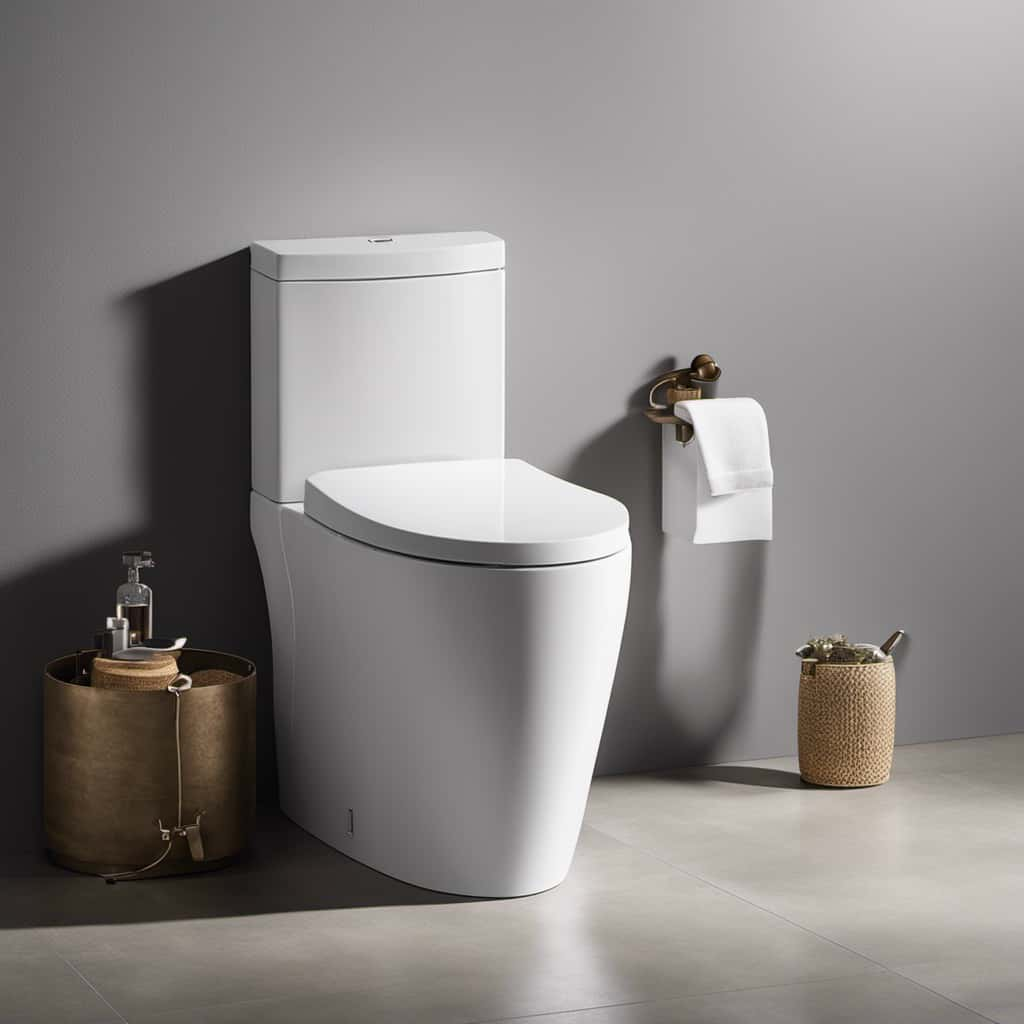
Stay informed and make the best choice for your personal hygiene needs.
With an impeccable eye for detail and a passion for bathroom-related, Ava leads our editorial team gracefully and precisely.
Under her guidance, Best Modern Toilet has flourished as the go-to resource for modern bathroom enthusiasts. In her free time, you might find Ava exploring antique shops and looking for vintage bathroom fixtures to add to her collection.
FAQ - Advanced Bathroom Queries
What Countries Have the Best Toilets
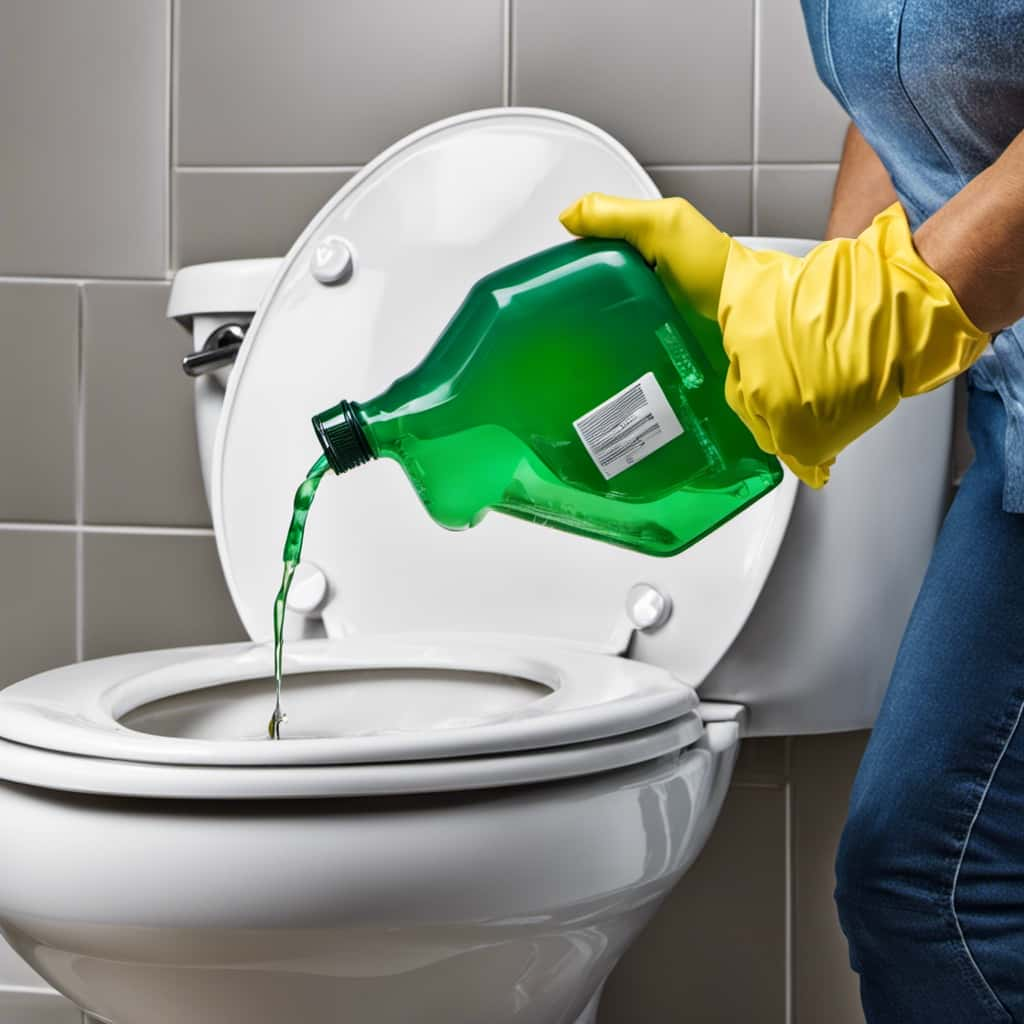
We’ve all experienced it – looking for a clean and functional bathroom while traveling in another country.
So, which countries have the best toilets? Japan, Singapore, and Switzerland are often hailed as leaders in this field.
These countries prioritize advanced toilet technology, cleanliness, and maintenance. With features like bidets, heated seats, and self-cleaning functions, their high-quality toilets are a cut above the rest.
Not to mention, they pay close attention to the cleanliness and accessibility of their public restrooms.
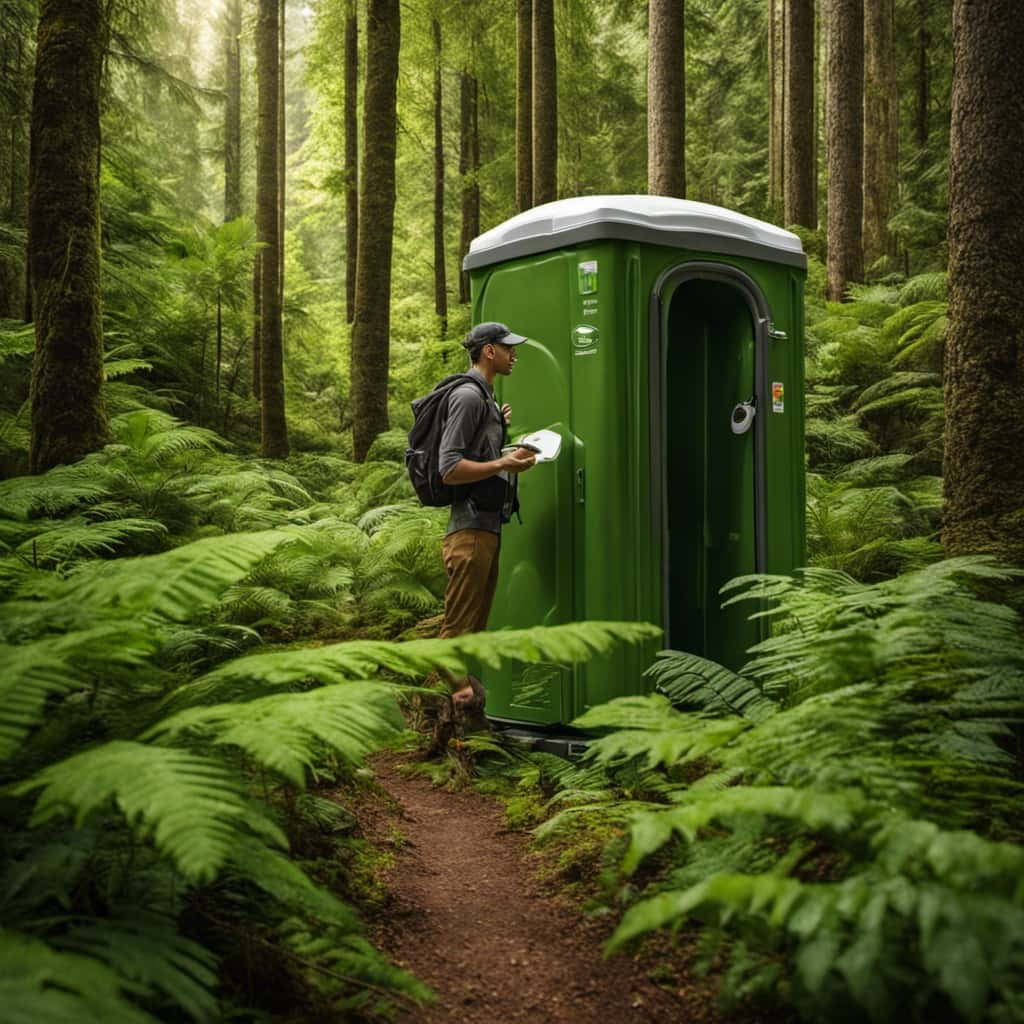
If you’re after a top-notch bathroom experience, these countries should be at the top of your list.
Key Takeaways
- Japan and Singapore have advanced toilet technology and cleanliness initiatives, with features such as bidets, self-cleaning functions, and strict regulations for restroom cleanliness.
- Singapore emphasizes efficient toilet infrastructure and advanced restroom technologies, including smart toilets with seat temperature control and touch-free faucets.
- Switzerland is known for its high-quality toilets and attention to detail in maintenance, reflecting Swiss precision and cleanliness.
- Canada, Australia, the UAE, and Finland prioritize cleanliness, comfort, and design in their restrooms, with features such as spaciousness, luxury, and Scandinavian design principles.
Japan: A Toilet Technology Powerhouse
We believe that Japan has established itself as a toilet technology powerhouse. Japanese toilet culture is known for its high tech restroom innovations and automated toilet functions. The country has made significant advancements in toilet technology, incorporating smart toilet features and introducing innovative restroom solutions.
Japanese toilets often include features such as bidets, heated seats, and self-cleaning functions. These toilets also boast high-tech elements like water jets, air dryers, and automatic lid opening and closing mechanisms. Some even have computerized voices, massage functions, and self-lowering seats.
Japan’s commitment to toilet technology has resulted in the creation of user-friendly toilets with adjustable rinsing and bidet water settings, seat temperature control, and even music options. The country’s dedication to innovation in this area has made it a global leader in the field of toilet technology.
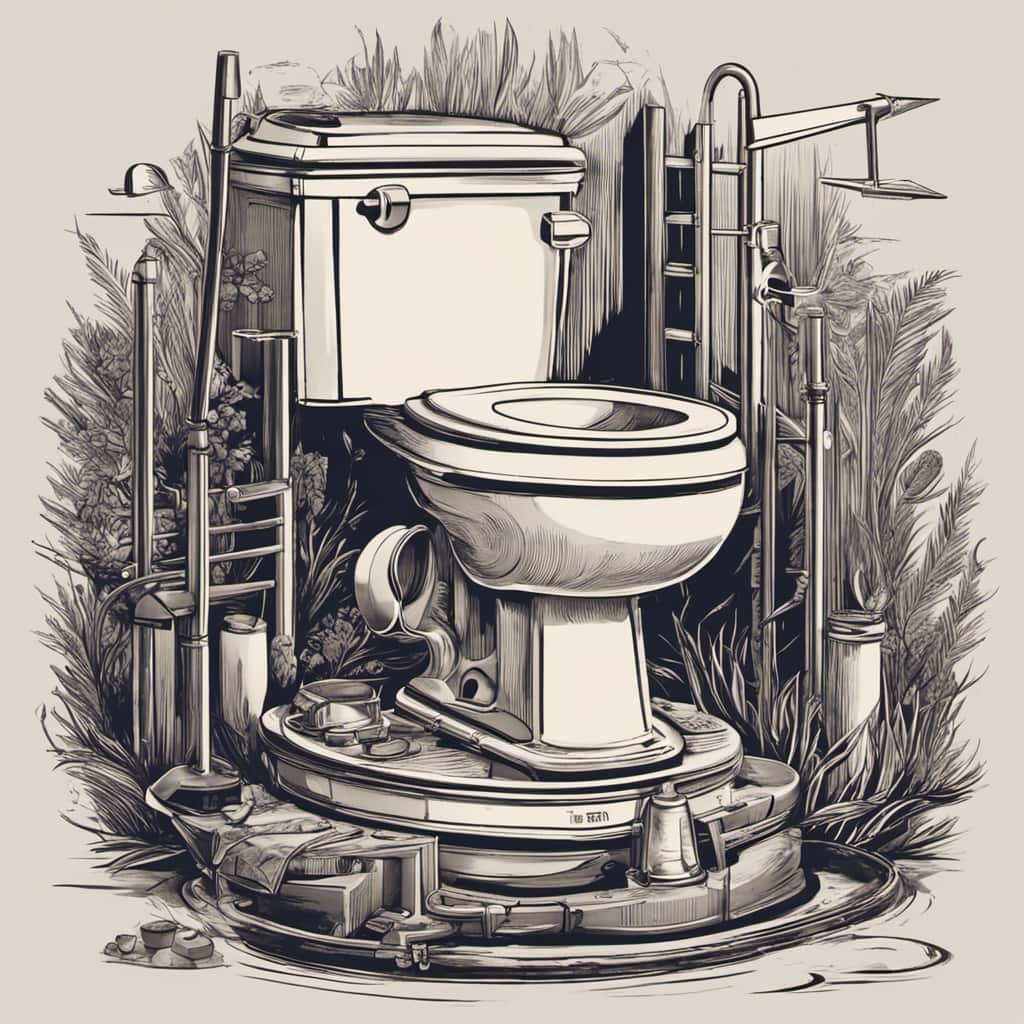
Singapore: Cleanliness and Efficiency in Restrooms
When it comes to restroom cleanliness initiatives, Singapore takes the lead with its strict regulations and high standards. The city-state has implemented various measures to ensure that public restrooms are kept clean and well-maintained, including regular inspections and the use of automated cleaning systems.
In addition, Singapore boasts an efficient toilet infrastructure, with easily accessible and well-equipped facilities throughout the city. These efforts, combined with the advanced restroom technologies available, contribute to Singapore’s reputation for cleanliness and efficiency in its restrooms.
Restroom Cleanliness Initiatives
One of the most effective restroom cleanliness initiatives can be found in Singapore, where a comprehensive system has been implemented to ensure the cleanliness and efficiency of public restrooms. This initiative has resulted in several notable benefits:
- Public Health Benefits: By maintaining clean restrooms, Singapore has successfully reduced the spread of diseases and improved public health.
- Mobile App Rewards: The government of Singapore encourages restroom cleanliness by offering cash rewards to users who report clean or dirty restrooms through a mobile app. This incentivizes individuals to actively participate in maintaining cleanliness.
- Automated Cleaning Systems: Singapore has introduced automated self-cleaning systems in public restrooms, ensuring a high level of cleanliness without relying solely on human effort.
- Restroom Etiquette Education and High-Quality Products: Measures have been taken to educate the public about proper restroom etiquette and cleanliness. Additionally, Singapore uses high-quality products to maintain cleanliness and hygiene in public restrooms.
These initiatives have been successful in providing clean and hygienic facilities for residents and visitors, promoting public health and well-being. With such effective restroom cleanliness initiatives in place, it’s important to consider the efficient toilet infrastructure that supports these efforts.
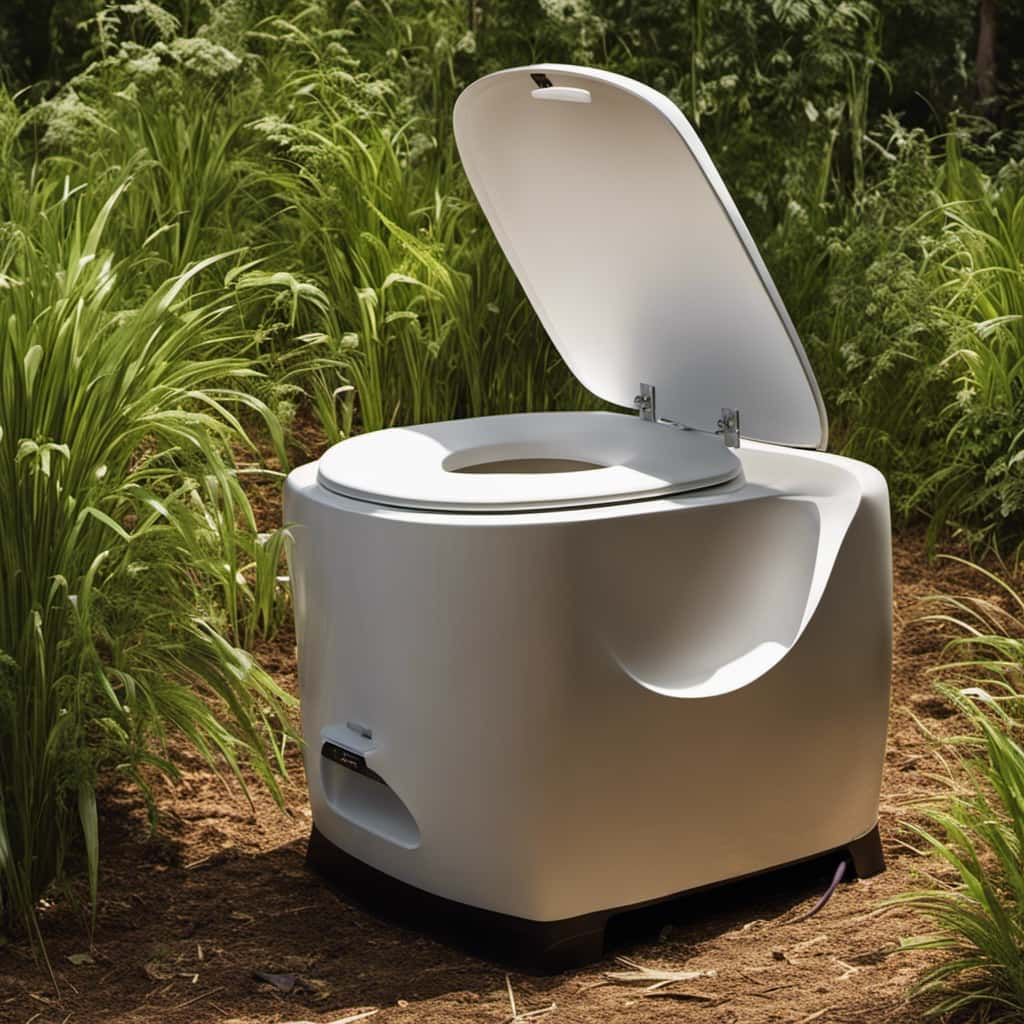
Efficient Toilet Infrastructure
Continuing from the previous subtopic, let’s delve into the efficient toilet infrastructure in Singapore, specifically focusing on the cleanliness and efficiency of restrooms.
Singapore is renowned for its emphasis on restroom cleanliness and efficiency, which is reflected in its well-maintained and easily accessible public toilets. The city-state has implemented various toilet accessibility initiatives to ensure that restrooms are available to all individuals, including those with disabilities. This commitment to accessibility not only promotes inclusivity but also has a positive impact on public health.
Well-maintained restrooms reduce the risk of disease transmission and contribute to a healthier population. Moreover, Singapore’s efficient toilet infrastructure brings economic benefits. Clean and well-maintained restrooms enhance the tourism experience, attracting visitors and boosting the economy. Innovations in toilet design, such as touchless fixtures and self-cleaning functions, further improve hygiene standards.
Additionally, Singapore prioritizes sustainable practices in toilet infrastructure, including water-efficient fixtures and waste management systems. Overall, Singapore’s commitment to cleanliness, efficiency, and sustainability in its restrooms sets a high standard for efficient toilet infrastructure worldwide.

Advanced Restroom Technologies
Let’s delve into the advanced restroom technologies that contribute to the cleanliness and efficiency of restrooms in Singapore. Here are four key aspects of these technologies:
- Smart toilets: The future of restroom technology. Singapore’s restrooms feature smart toilets equipped with advanced features such as seat temperature control, adjustable rinsing and bidet water settings, and self-lowering seats. These toilets enhance user comfort and hygiene.
- Hygienic restroom solutions: Innovations in cleanliness. Singapore prioritizes cleanliness by incorporating touch-free faucets, automated toilet seat covers, and self-cleaning functions in its restrooms. These innovations reduce the spread of diseases and ensure a high level of hygiene.
- Sustainable toilet systems: Eco-friendly approaches to restroom design. Singapore embraces sustainable toilet systems, such as water-saving fixtures and waste management technologies. These systems reduce water consumption and promote environmental sustainability.
- Accessibility in public restrooms: Ensuring inclusivity for all. Singapore’s restrooms are designed to be accessible to people with disabilities, featuring amenities like grab bars, wider stalls, and wheelchair-friendly layouts. These measures ensure that everyone can use restrooms comfortably and safely.
Switzerland: High-Quality Toilets and Maintenance
When it comes to Swiss toilets, quality and maintenance are top priorities. Switzerland is renowned for its advanced toilet technology and cleanliness, ensuring that public restrooms are kept in excellent condition.
With a focus on hygiene and cleanliness, Switzerland consistently ranks among the countries with the best public toilet infrastructure.
Swiss Toilet Technology
Our first-hand experience with Swiss toilet technology has shown us the exceptional quality and maintenance of their toilets. Here are four key aspects of Swiss toilet technology that make them stand out:
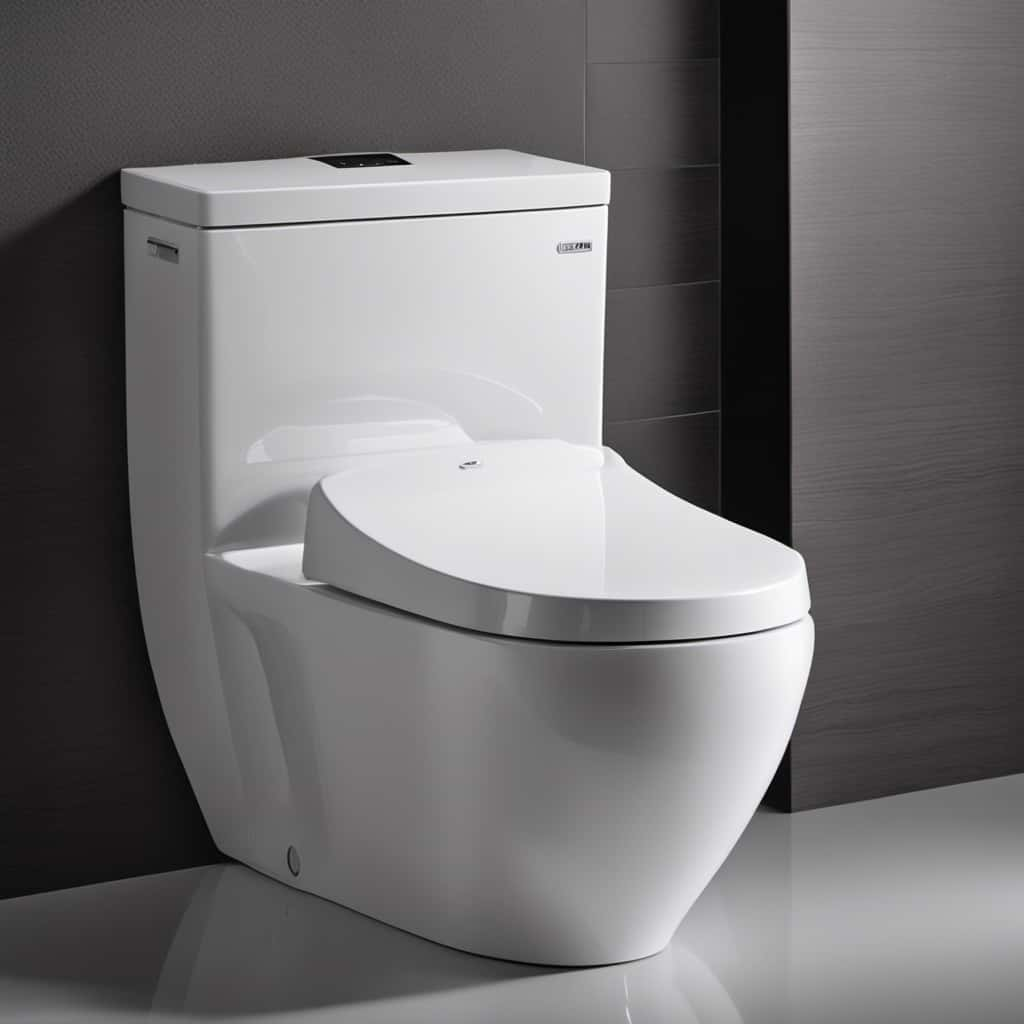
- Sustainability and Efficiency: Swiss toilets are designed to be environmentally friendly, with water-saving features that minimize water consumption and reduce the strain on natural resources.
- Smart Toilet Features: Swiss toilets often come equipped with advanced features like seat temperature control, adjustable rinsing and bidet water settings, and even automated lid opening and closing functions.
- Toilet Hygiene Practices: Swiss toilets prioritize hygiene with features such as automatic flushing, touchless controls, and self-cleaning functions. These features help prevent the spread of germs and ensure a clean and sanitary restroom experience.
- Public Restroom Accessibility: Switzerland places great importance on providing accessible public restrooms for everyone. They’ve implemented measures to ensure that restrooms are available in public spaces, including those for people with disabilities.
Swiss toilet technology not only focuses on providing a comfortable and convenient experience but also prioritizes sustainability, hygiene, and accessibility. This commitment to excellence extends to the maintenance of their toilets, ensuring that they’re always in top condition.
Transitioning into the next section, let’s delve into the topic of cleanliness and maintenance.
Cleanliness and Maintenance
To ensure high-quality toilets and maintenance, Switzerland prioritizes cleanliness and adheres to rigorous standards. The importance of toilet hygiene is recognized in Swiss culture, as clean restrooms have a significant impact on public health. By maintaining clean toilets, Switzerland reduces the spread of diseases and promotes good hygiene practices.
Strategies for maintaining cleanliness include regular cleaning schedules, well-stocked supplies, and thorough inspections. This commitment to cleanliness extends beyond public toilets, as many private establishments also uphold high standards. In addition to improving public health, clean and well-maintained toilets also have economic benefits. They enhance the tourism experience for visitors and contribute to a positive image of the country.
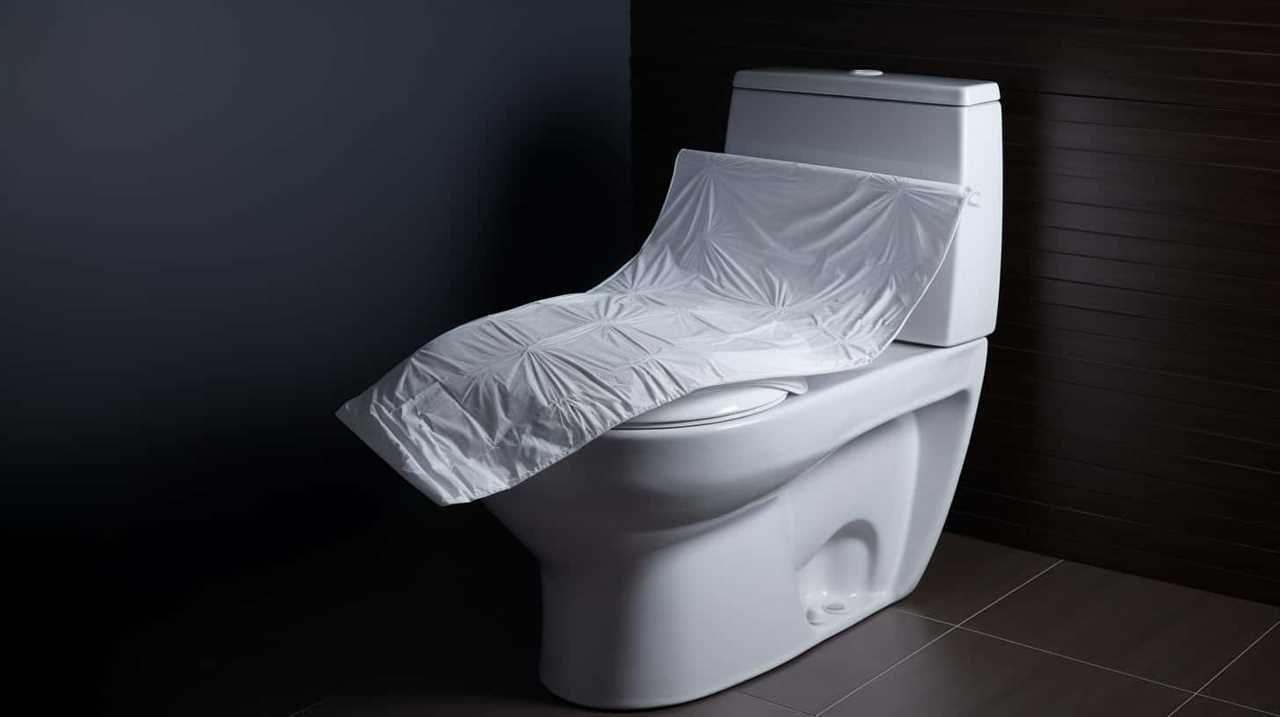
Cultural differences in toilet cleanliness standards may exist, but Switzerland sets a high benchmark for cleanliness and maintenance. Transitioning to the next section, South Korea also excels in toilet hygiene with its innovative toilet design and hygiene practices.
South Korea: Innovative Toilet Design and Hygiene
One of the countries renowned for its innovative toilet design and hygiene practices is South Korea. Here are four reasons why South Korea stands out in this field:
- South Korean toilet innovations: South Korea is known for its cutting-edge toilet technology, which includes features like heated seats, bidet functions, and even music or sound effects to mask embarrassing noises.
- Hygiene practices in South Korean restrooms: South Korea prioritizes cleanliness and hygiene in public restrooms. Automatic cleaning systems and hand sanitizers are available to ensure a clean and sanitary experience for users.
- Advantages of South Korean toilet design: The advanced features in South Korean toilets provide comfort and convenience, making the restroom experience more enjoyable for users.
- South Korean toilet technology advancements: South Korea continues to push the boundaries of toilet design, constantly introducing new technologies and improvements to enhance the user experience.
South Korea’s commitment to cleanliness standards in public restrooms, along with its innovative toilet design and technology advancements, make it a leader in the field of toilet innovation and hygiene.
Netherlands: Eco-Friendly and Sustainable Toilets
While discussing eco-friendly and sustainable toilets, it is important to highlight the efforts made by the Netherlands in promoting environmentally conscious toilet facilities. The Netherlands has invested in infrastructure development to enhance toilet facilities and contribute to public health and environmental sustainability. They have implemented water-saving technology and advanced flushing systems to reduce water consumption. Additionally, the Netherlands focuses on recycling and treating wastewater from toilets for agricultural purposes. This innovative approach not only helps in conserving water but also ensures efficient waste management. The Netherlands is committed to improving toilet infrastructure to better accommodate residents and visitors. It is evident that their dedication to eco-friendly and sustainable toilets is contributing to a healthier environment and promoting sustainable practices.
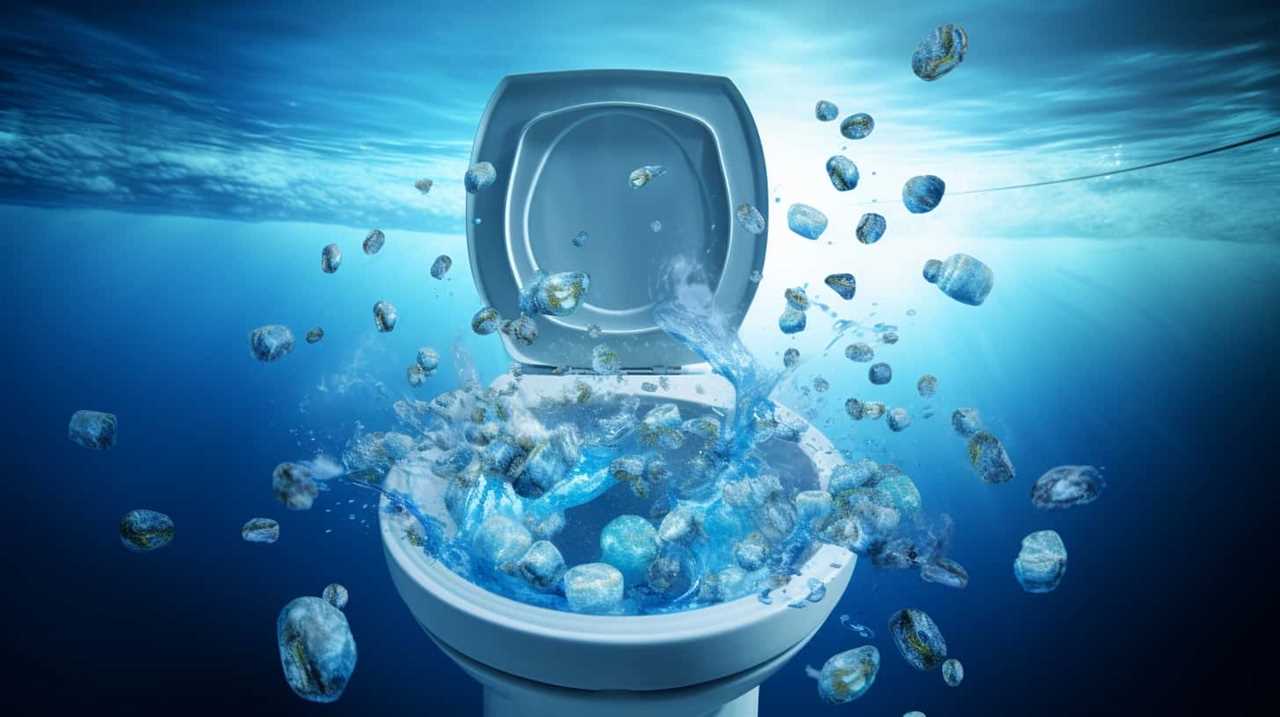
| Key Efforts by the Netherlands | |
|---|---|
| Water-saving Technology | Efficient flushing systems to reduce water consumption. |
| Wastewater Treatment | Recycling and treating wastewater from toilets for agricultural purposes. |
| Toilet Infrastructure Improvement | Investing in infrastructure development to enhance toilet facilities. |
| Public Health and Environmental Sustainability | Promoting eco-friendly and sustainable practices in toilet facilities. |
Germany: Focus on Cleanliness and Accessibility
We have found that German toilets are known for their cleanliness and accessibility. When it comes to accessible restroom design, Germany is at the forefront, ensuring that individuals with disabilities have equal access to public facilities. German toilet culture places a strong emphasis on hygiene, resulting in well-maintained and spotless restrooms. The country’s investment in infrastructure development for toilet facilities not only improves the overall quality of life but also has significant public health benefits.
With features like automatic flushing, touch-free faucets, and self-cleaning mechanisms, German toilets prioritize cleanliness and hygiene. The commitment to providing clean and accessible restrooms for residents and visitors contributes to the livability of German cities.
Transitioning into the subsequent section about Canada, we’ll now explore the country’s spacious and well-maintained restrooms.
Canada: Spacious and Well-Maintained Restrooms
When it comes to spacious and well-maintained restrooms, Canada stands out among other countries. With a commitment to public restroom accessibility and a strong hygiene awareness, Canada ensures that its restroom facilities are clean, comfortable, and up to high standards. The country invests in infrastructure development to enhance toilet facilities, improving the overall tourism experience. Canadians take pride in providing comfortable and hygienic restroom facilities, which contributes to the country’s livability and tourism experience. To ensure cleanliness, Canada has implemented restroom cleanliness campaigns and restroom maintenance strategies. Additionally, the country embraces restroom design innovation to create functional and user-friendly facilities. Overall, Canada’s dedication to maintaining high standards for restroom facilities sets it apart and makes it a favorable destination for those seeking clean and spacious restrooms.
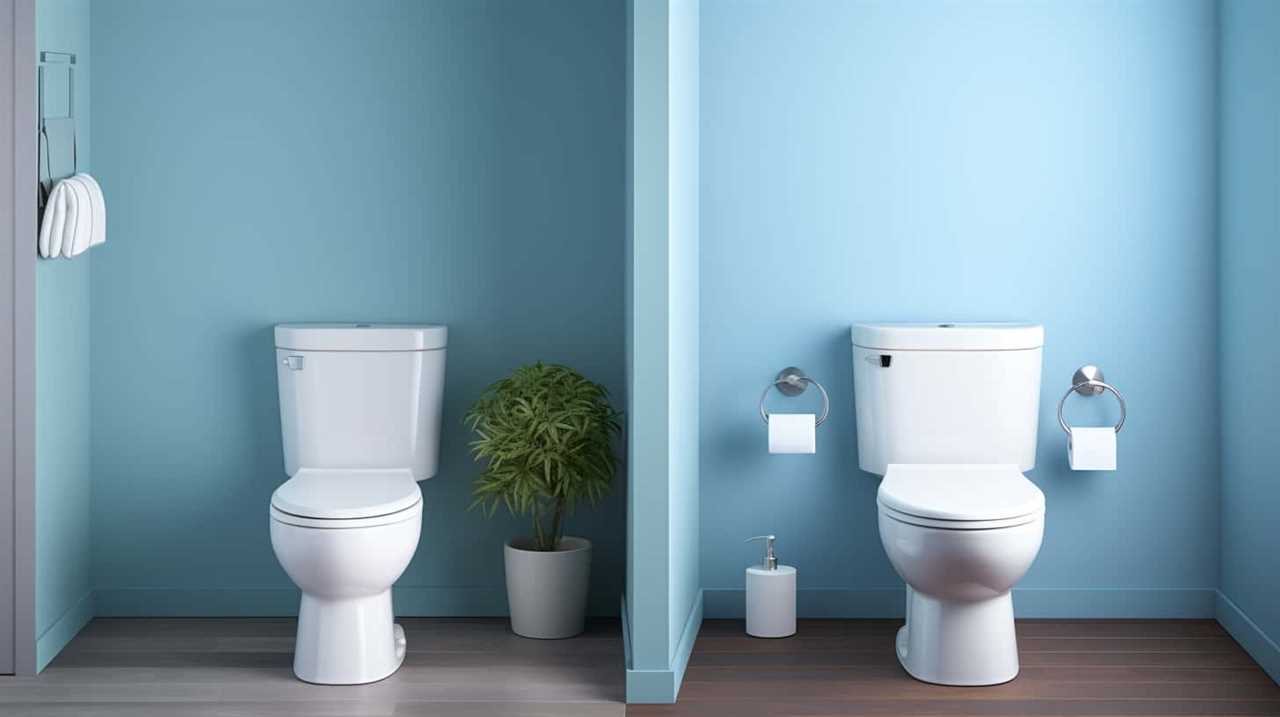
| Public Restroom Accessibility | Hygiene Awareness | Restroom Cleanliness Campaigns | Restroom Maintenance Strategies |
|---|---|---|---|
| High | Strong | Implemented | Embraced |
| Restroom Design Innovation | |||
| —————————– | ——————- | ——————————- | ——————————- |
| Functional and User-friendly |
Australia: Modern Amenities and Clean Facilities
Continuing the discussion from the previous subtopic, let’s delve into Australia’s modern amenities and clean facilities. Here are four reasons why Australia is known for having some of the best toilets:
- Public Health Benefits:
Well-maintained toilets in Australia contribute to public health by preventing the spread of diseases. Clean facilities help minimize the risk of infections and promote good hygiene practices. - Pollution Reduction:
Access to clean toilets in Australia plays a crucial role in reducing pollution. Proper sanitation facilities ensure that waste is managed effectively, preventing contamination of water sources and the environment. - User Comfort:
Australian restrooms prioritize user comfort by providing modern facilities. From spacious stalls to well-designed layouts, these toilets aim to enhance the overall experience for visitors. - Hygiene Standards:
Australia upholds high cleanliness and hygiene standards in its public restrooms. Regular maintenance and cleaning routines ensure that facilities are sanitary and pleasant for users.
Australia’s commitment to modern amenities and clean facilities not only improves public health but also enhances user comfort while reducing pollution. With their focus on hygiene standards and modern facilities, Australian toilets set a benchmark for restrooms worldwide.
United Arab Emirates: Luxurious and High-Tech Toilets
In our exploration of the topic ‘What Countries Have the Best Toilets’, let’s now delve into the subtopic of the United Arab Emirates and its offering of luxurious and high-tech toilets.
The United Arab Emirates (UAE) is renowned for its commitment to providing luxurious toilet facilities equipped with advanced technology. These toilets offer a unique and indulgent restroom experience for residents and visitors alike.

The UAE’s toilets boast features such as seat temperature control, adjustable rinsing and bidet water settings, computerized voices, and even massage functions. This investment in advanced toilet technology not only enhances the comfort and convenience of users but also has a positive impact on public health and contributes to a memorable tourism experience.
Particularly in Dubai, upscale hotels and shopping malls showcase luxurious and high-tech toilets, complete with heated seats, bidet functions, and automatic sensors. The UAE’s focus on providing top-notch restroom facilities ensures a pleasant and sophisticated restroom experience for all.
Finland: Public Toilets With Scandinavian Design
Let’s now explore Finland, where public toilets are designed with a Scandinavian aesthetic that combines functionality and aesthetic appeal. Here are some key points about Finnish public toilets:
- Scandinavian Design Influence: Finnish public toilets are heavily influenced by Scandinavian design principles, which prioritize simplicity, minimalism, and functionality. This design approach ensures that the toilets are visually pleasing while also serving their intended purpose effectively.
- Benefits of Well-Maintained Toilets: Finnish public toilets are well-maintained and clean, promoting public health and hygiene. Regular cleaning and maintenance ensure that the toilets are in excellent condition, providing a comfortable and pleasant experience for users.
- User Comfort in Finnish Toilets: The emphasis on aesthetics in Finnish restroom design extends to user comfort. These toilets often feature high-quality materials, such as stainless steel and natural wood, creating a sleek and modern look. The design also takes into account factors like seating comfort and accessibility.
- Impact of Advanced Features on Restroom Experience: Finnish public toilets are equipped with advanced features like sensor-operated faucets, touchless flushing systems, and automatic hand dryers. These features enhance the restroom experience by providing convenience and efficiency.
Frequently Asked Questions
Which Country Has the Best Toilets?
When considering the best toilets globally, it’s important to consider factors such as toilet innovations, sanitation standards, cultural differences in toilet design, public vs. private restroom facilities, and the impact of technology on toilet experiences.
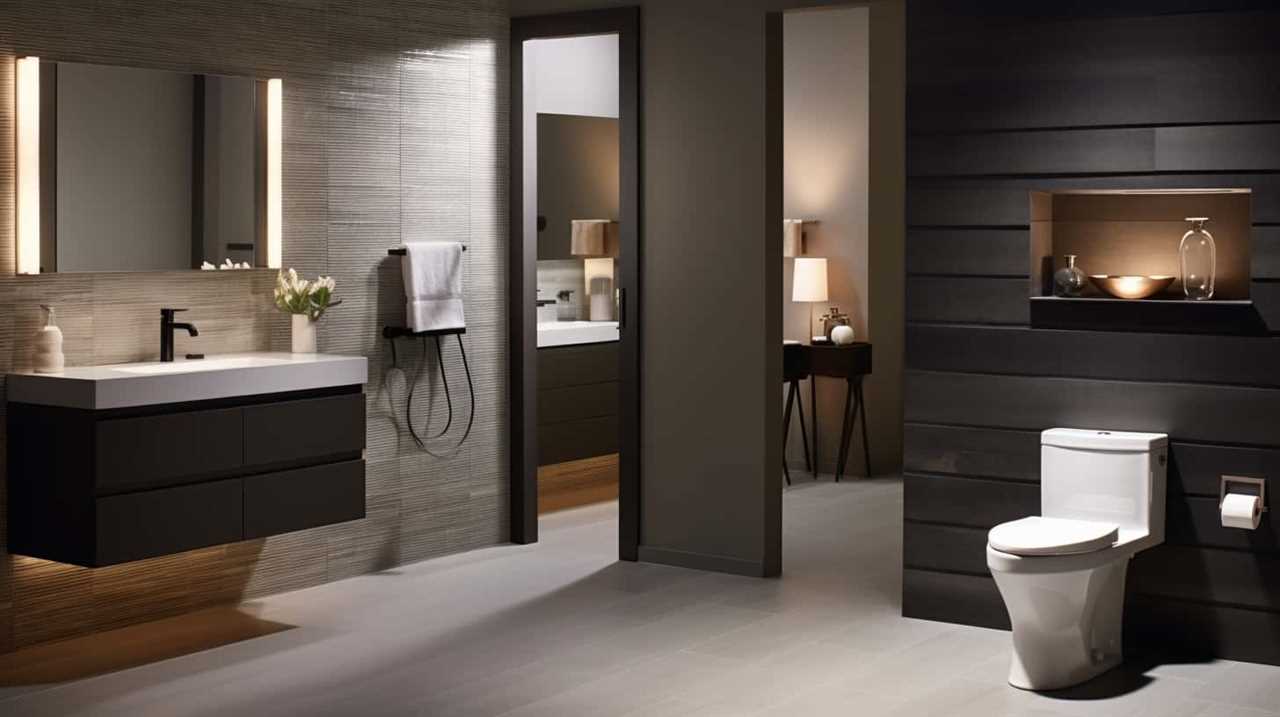
These factors greatly influence the quality of toilets in different countries. By analyzing these aspects, we can gain a comprehensive understanding of which countries excel in providing top-notch toilet facilities.
Where Is the Cleanest Toilet in the World?
When it comes to the cleanest toilet in the world, sanitation standards and public health play a crucial role. Maintaining proper toilet hygiene practices is essential for a clean and healthy environment.
From innovative toilet designs to efficient maintenance, the cleanest toilets prioritize cleanliness and user comfort. These toilets often incorporate advanced features such as self-cleaning functions and bidets, ensuring a hygienic experience for all users.
What Is the Best Restrooms in the World?
Innovative designs, hygiene standards, technology advancements, accessibility features, and environmental sustainability are key factors in determining the best restrooms in the world.
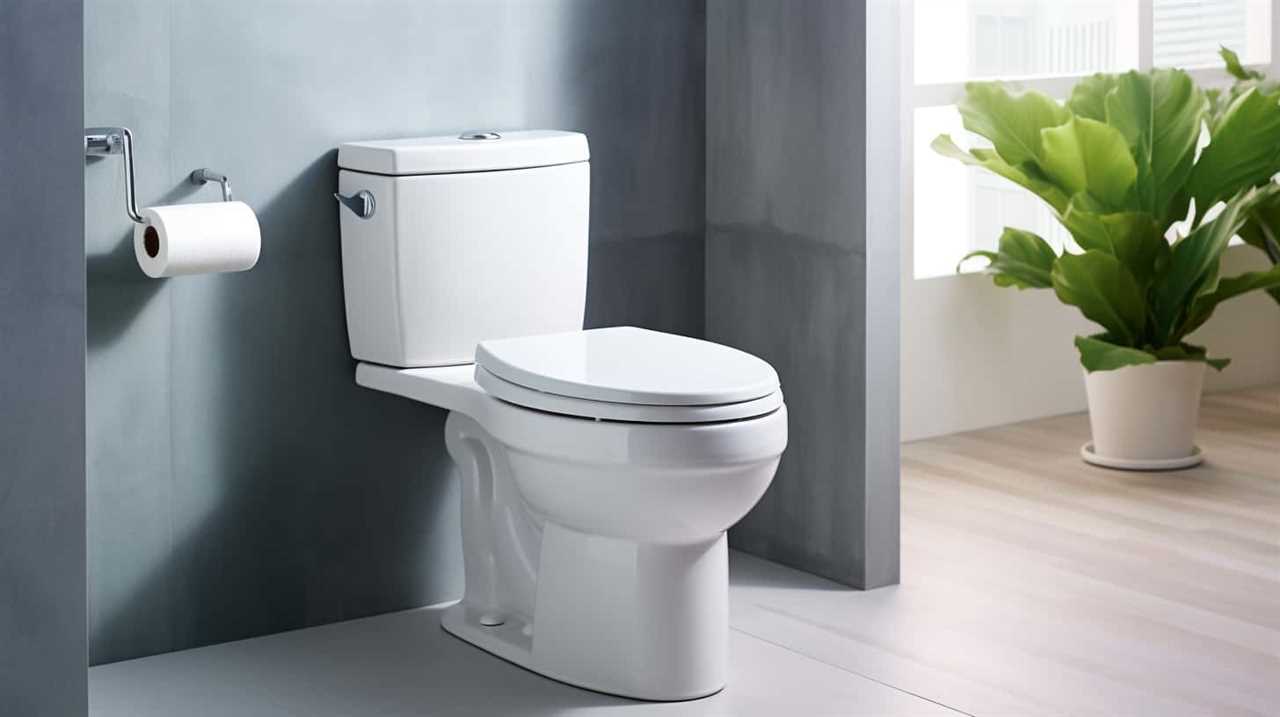
These restrooms prioritize cleanliness, often incorporating advanced features such as bidets, heated seats, and self-cleaning functions.
Additionally, they prioritize accessibility for all individuals, ensuring that restrooms are easily accessible for people with disabilities.
Furthermore, these restrooms focus on environmental sustainability by implementing water-saving technologies and eco-friendly materials.
Why Does Japan Have the Best Toilets?
Japan has the best toilets due to its advanced toilet technology, cultural importance of cleanliness, and environmental benefits.
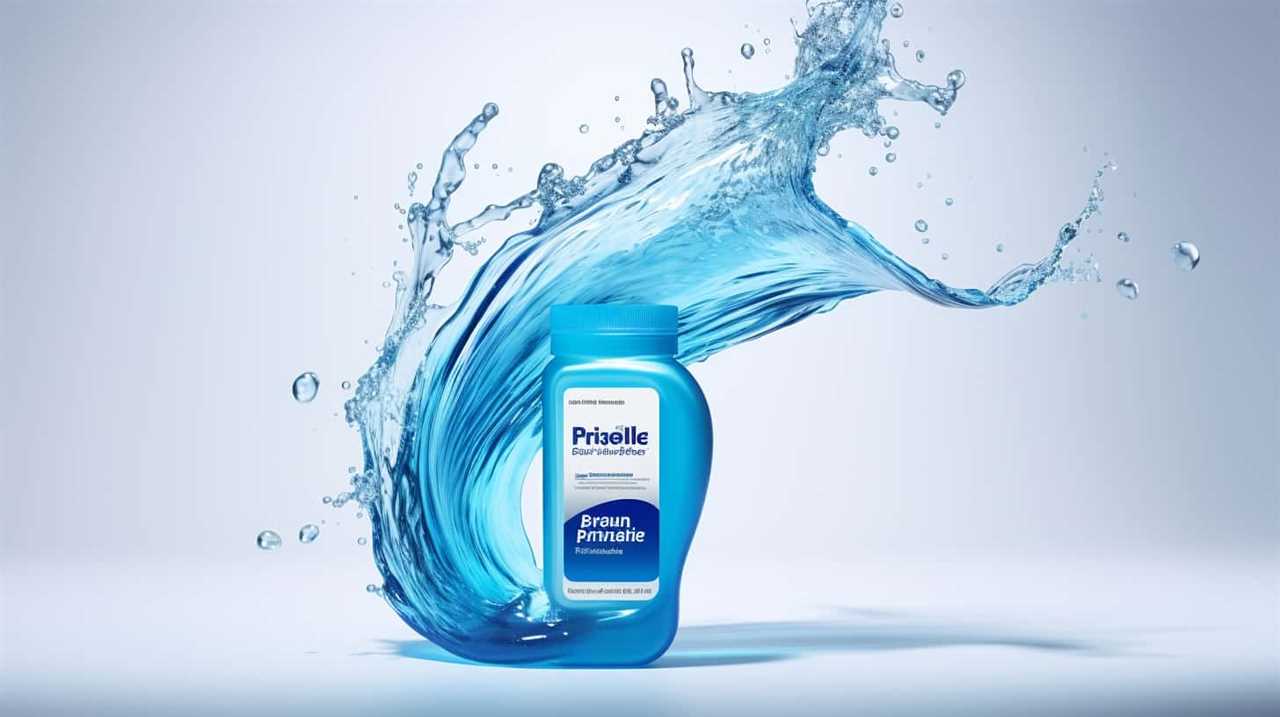
Japanese toilets are equipped with features like bidets, heated seats, and self-cleaning functions. This advanced technology enhances the user experience and promotes hygiene.
Japan’s focus on cleanliness extends to public restrooms, which are well-maintained and equipped with amenities. The high standard of Japanese toilets has a positive impact on tourism and public perception.
Conclusion
In conclusion, after analyzing the data and considering factors such as infrastructure, cleanliness, and technology, it’s clear that Japan, Singapore, and Switzerland stand out as countries with the best toilets.
However, there are other countries such as South Korea, the Netherlands, Canada, Australia, the United Arab Emirates, and Finland that also offer impressive restroom facilities.
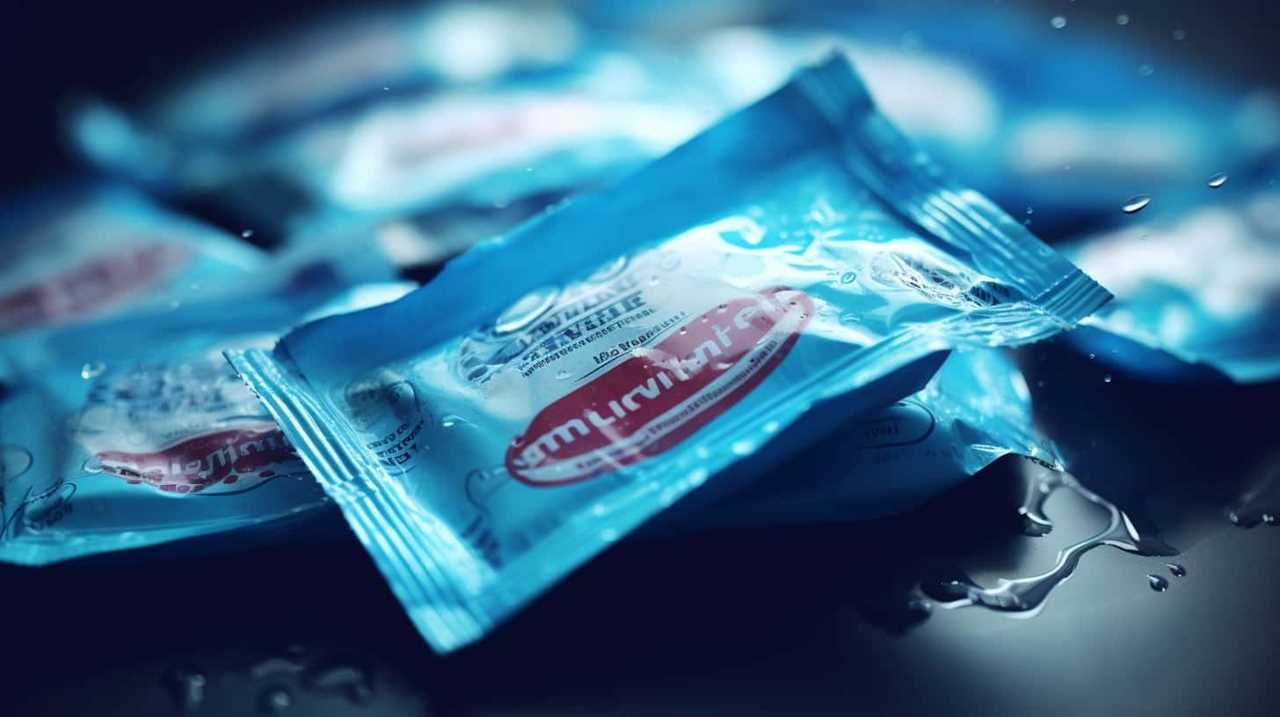
The advancements in toilet technology and the emphasis on cleanliness and maintenance in these countries ensure a positive and comfortable restroom experience for all.
With an impeccable eye for detail and a passion for bathroom-related, Ava leads our editorial team gracefully and precisely.
Under her guidance, Best Modern Toilet has flourished as the go-to resource for modern bathroom enthusiasts. In her free time, you might find Ava exploring antique shops and looking for vintage bathroom fixtures to add to her collection.
-

 FAQ - Advanced Bathroom Queries3 months ago
FAQ - Advanced Bathroom Queries3 months agoWhat Happens if You Sit on the Toilet Too Long
-
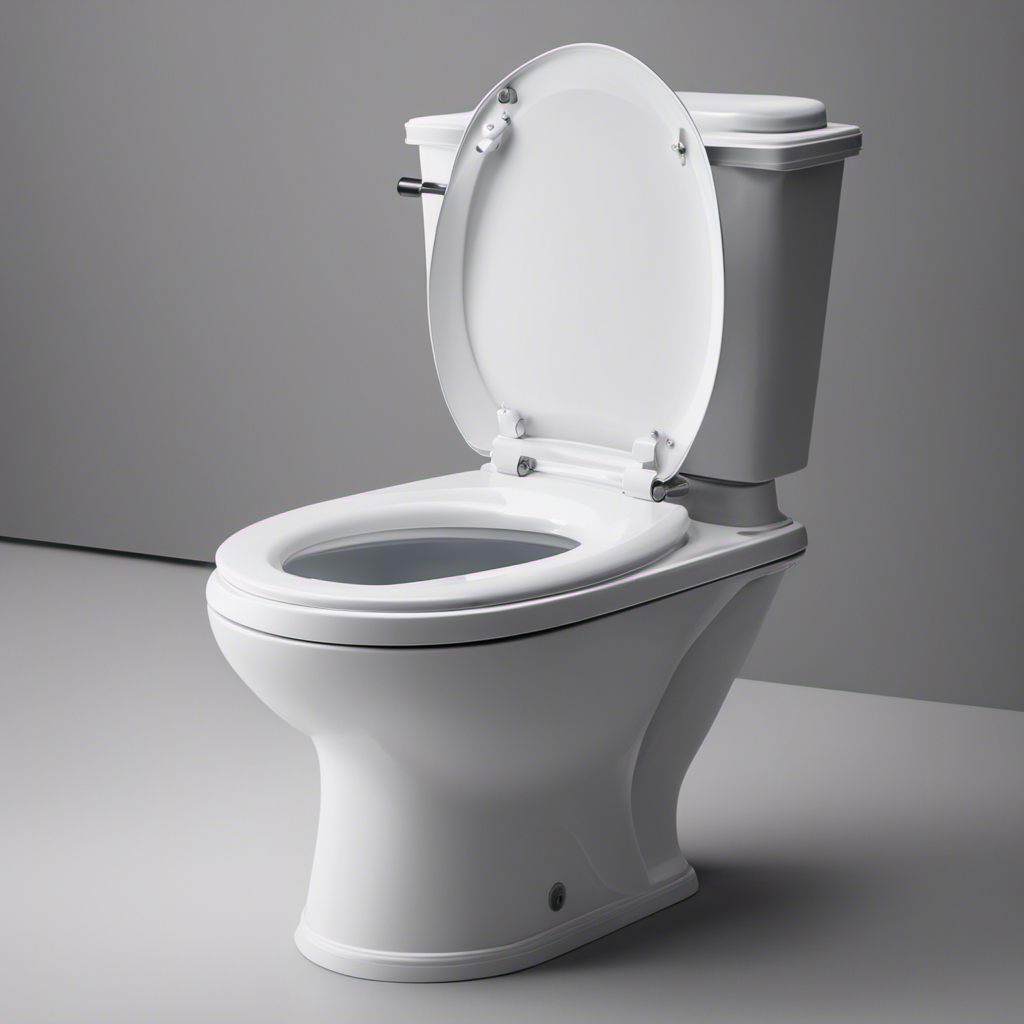
 FAQ - Advanced Bathroom Queries3 months ago
FAQ - Advanced Bathroom Queries3 months agoWhy Is My Toilet so Loud When Refilling
-

 Toilet Brands3 months ago
Toilet Brands3 months agoCountries Where You Can’t Flush Toilet Paper
-
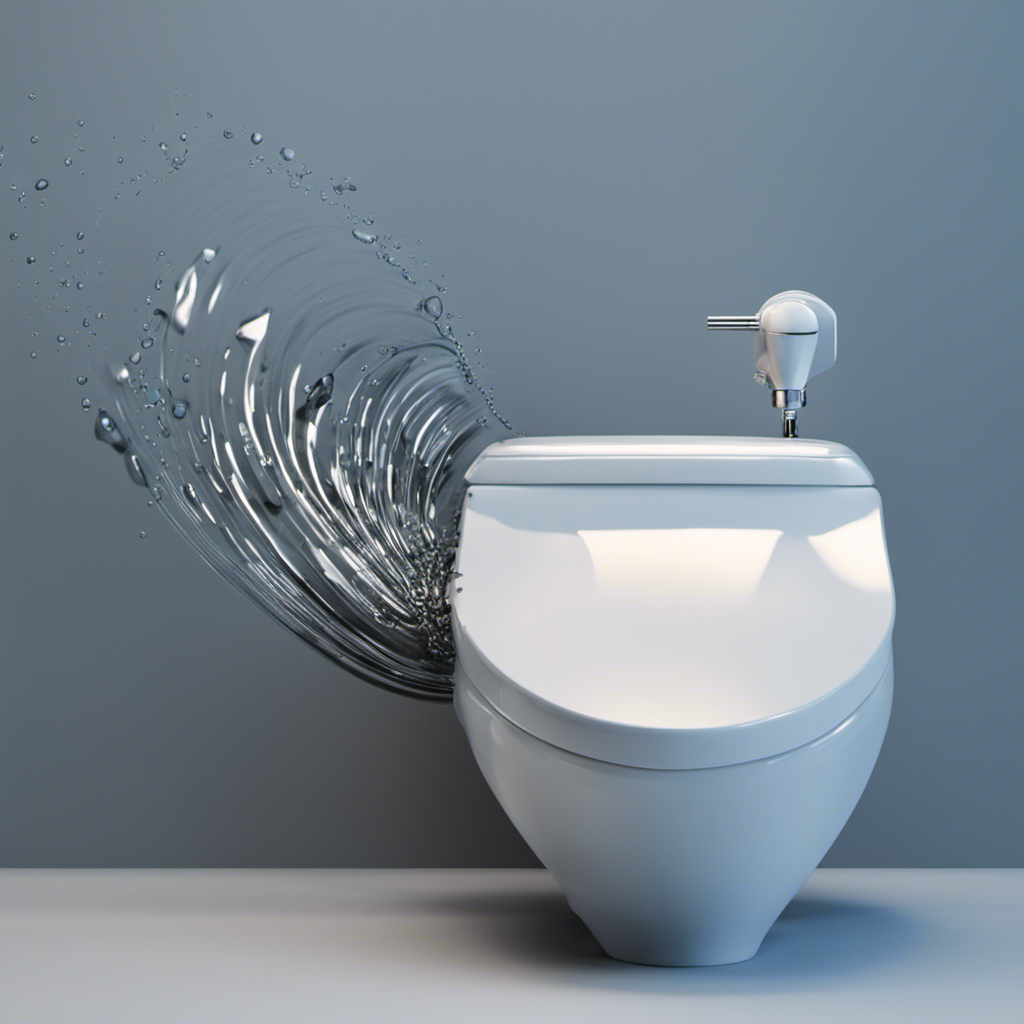
 Guides3 months ago
Guides3 months agoTroubleshooting Dropping Water Level in Toilet Bowl: Causes and Solutions
-

 Guides3 months ago
Guides3 months agoChoosing the Right Toilet Flange: A Comprehensive Guide
-
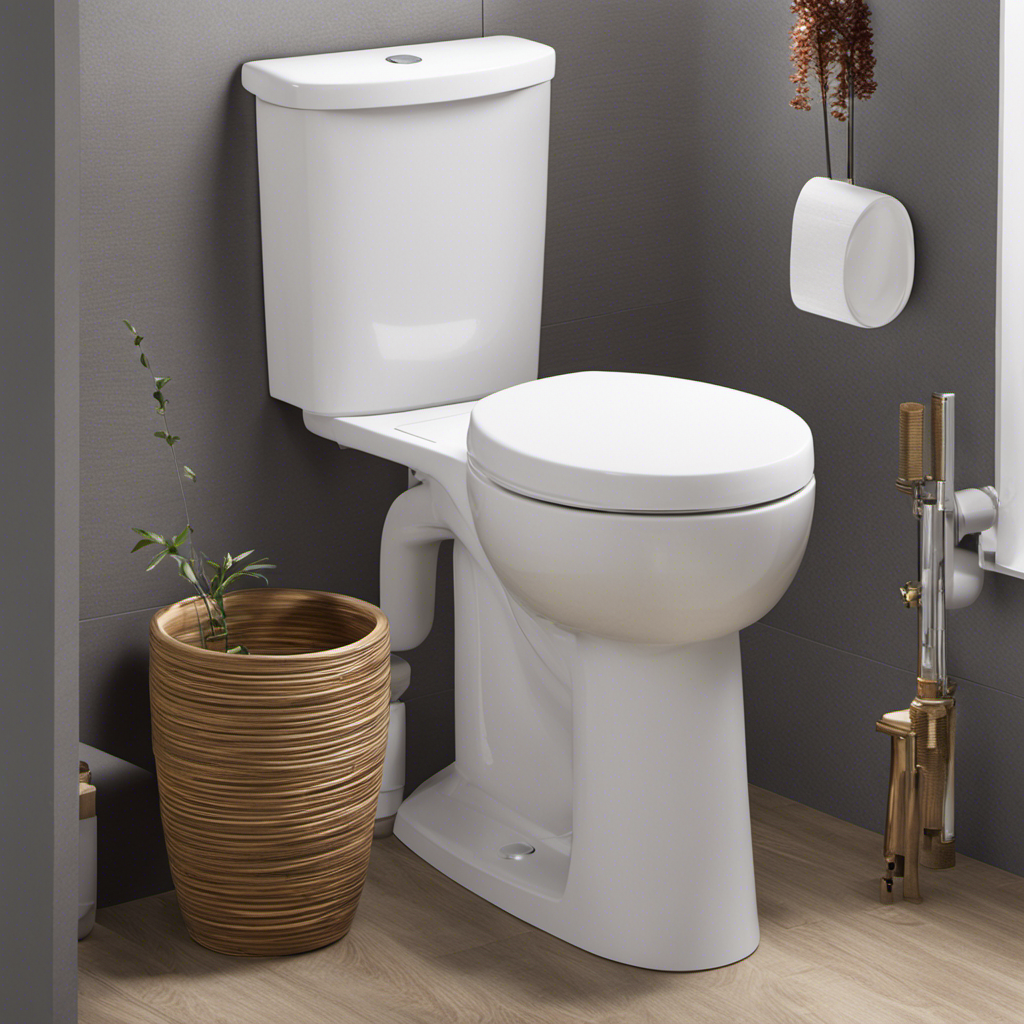
 Guides3 months ago
Guides3 months agoToilet Water Supply Line Sizes: Finding the Right Fit
-

 FAQ - Advanced Bathroom Queries2 months ago
FAQ - Advanced Bathroom Queries2 months agoWhat Happens When You Put Baking Soda in Your Toilet
-
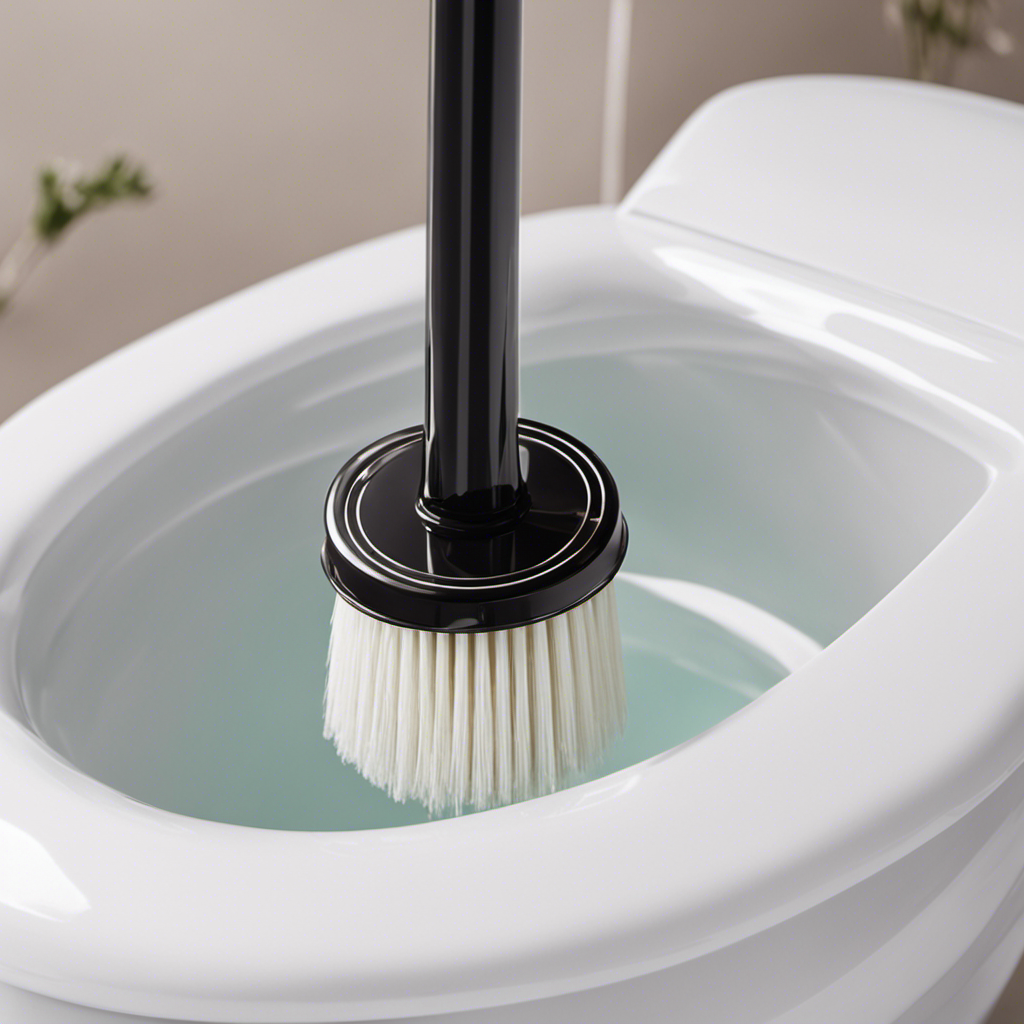
 Guides2 months ago
Guides2 months agoHow to Remove Crystallized Urine From Toilet Bowl





















